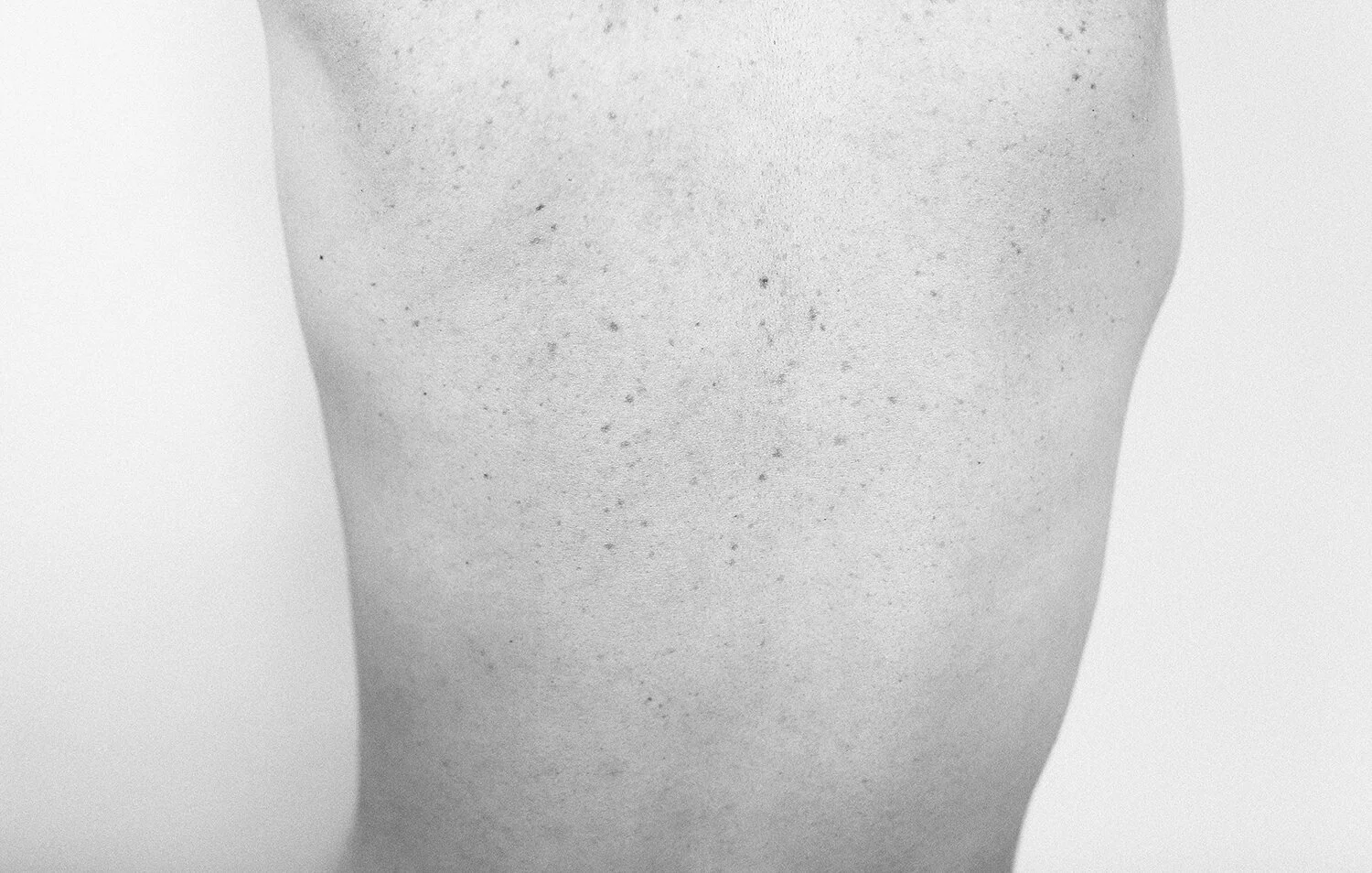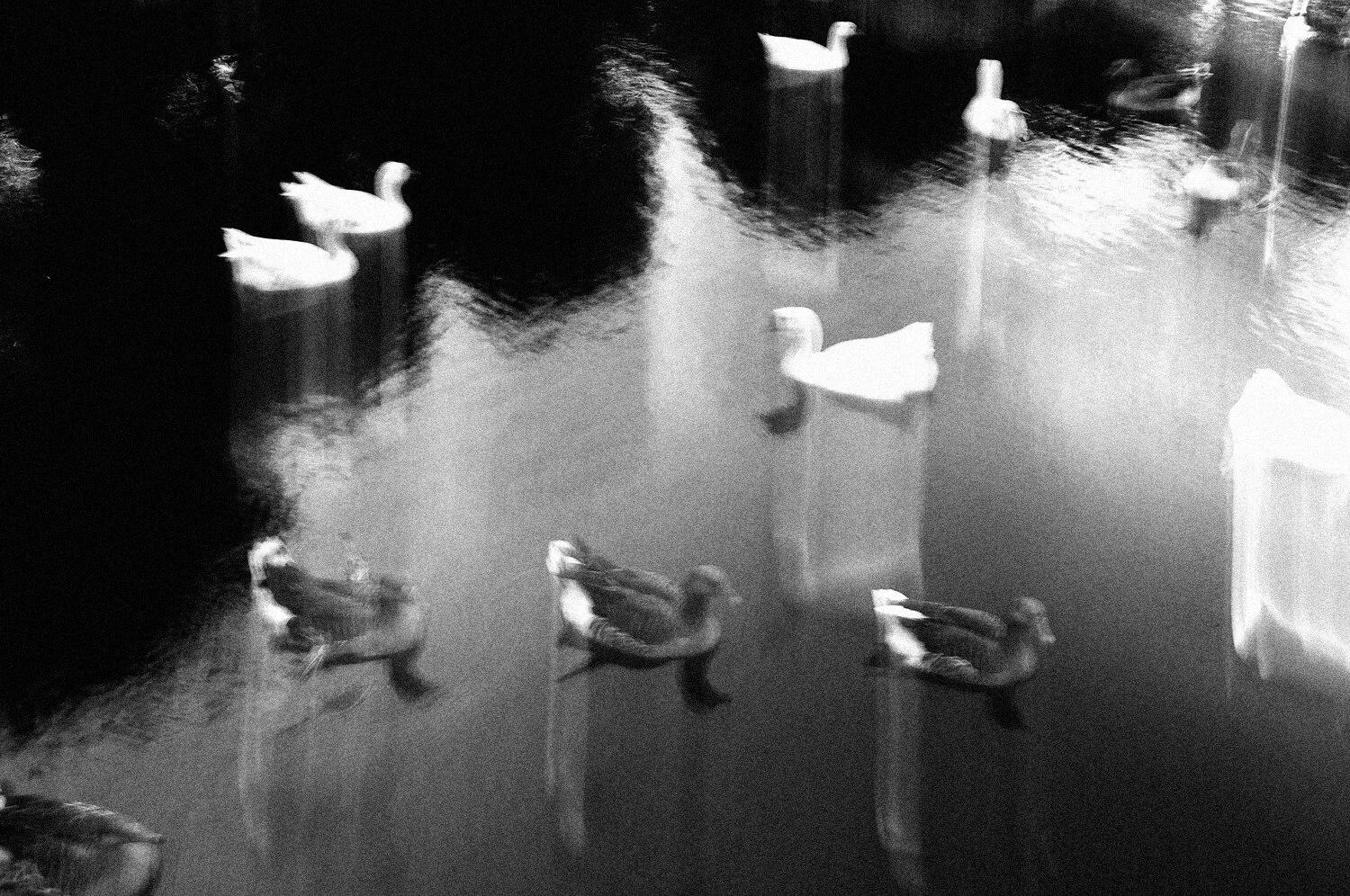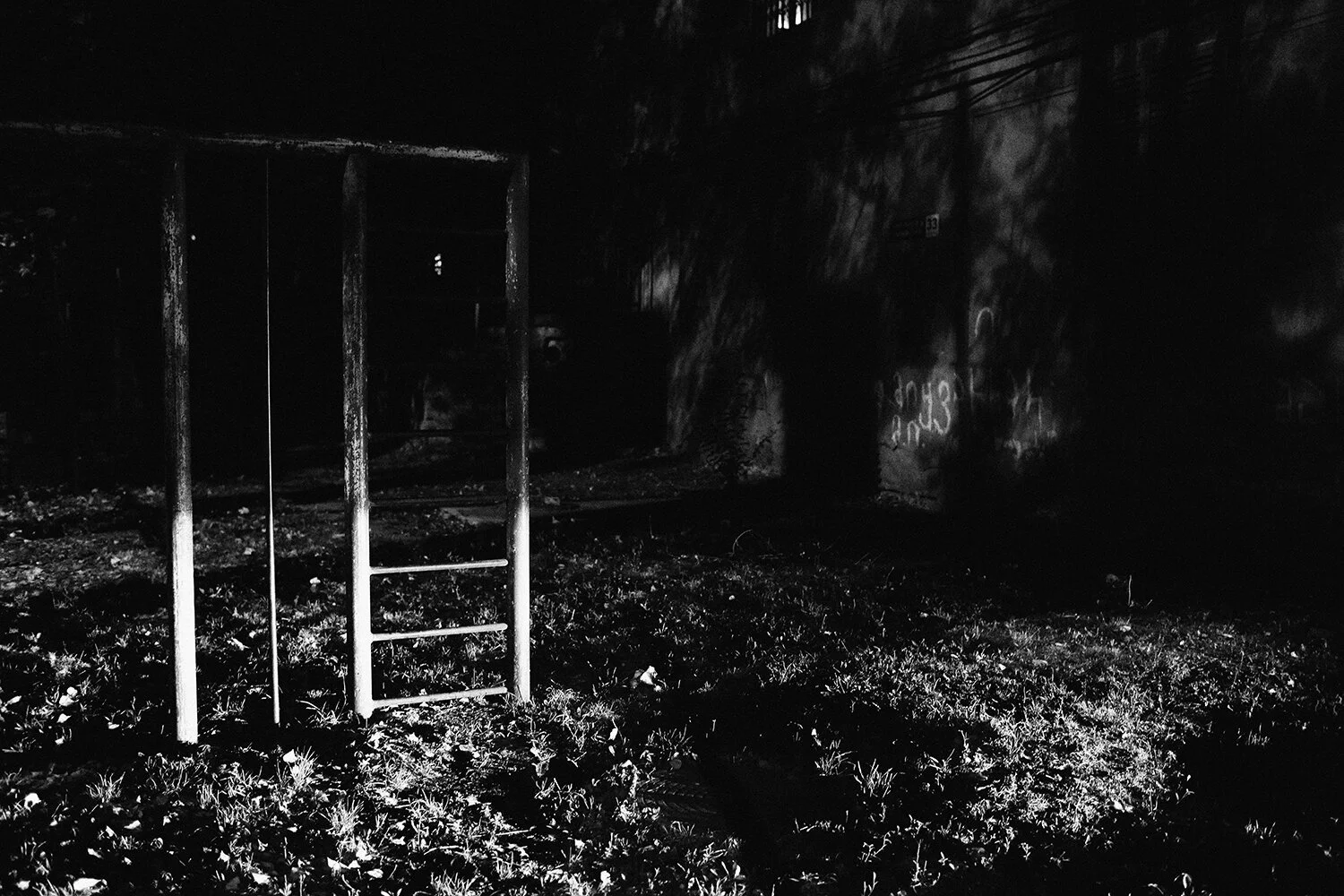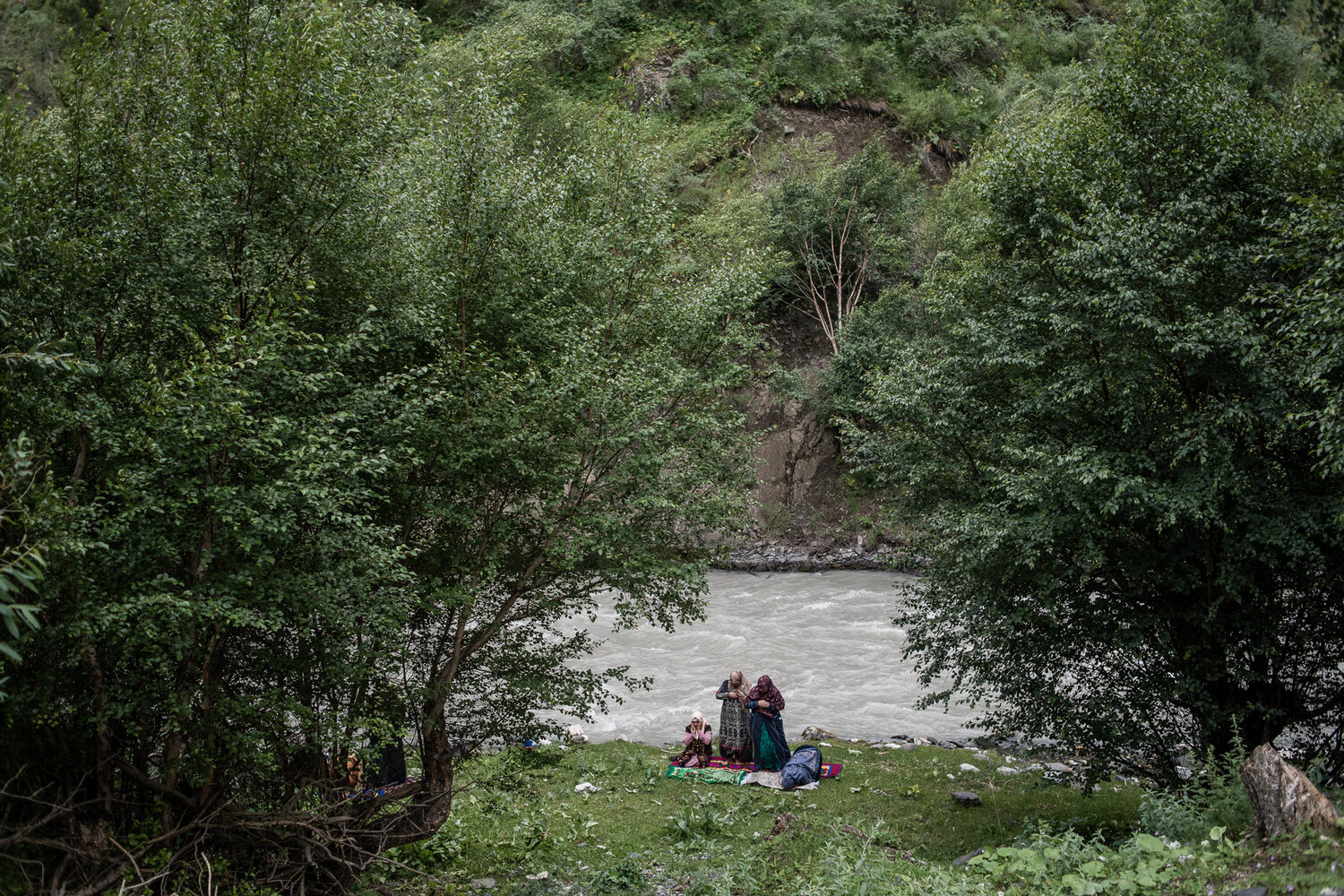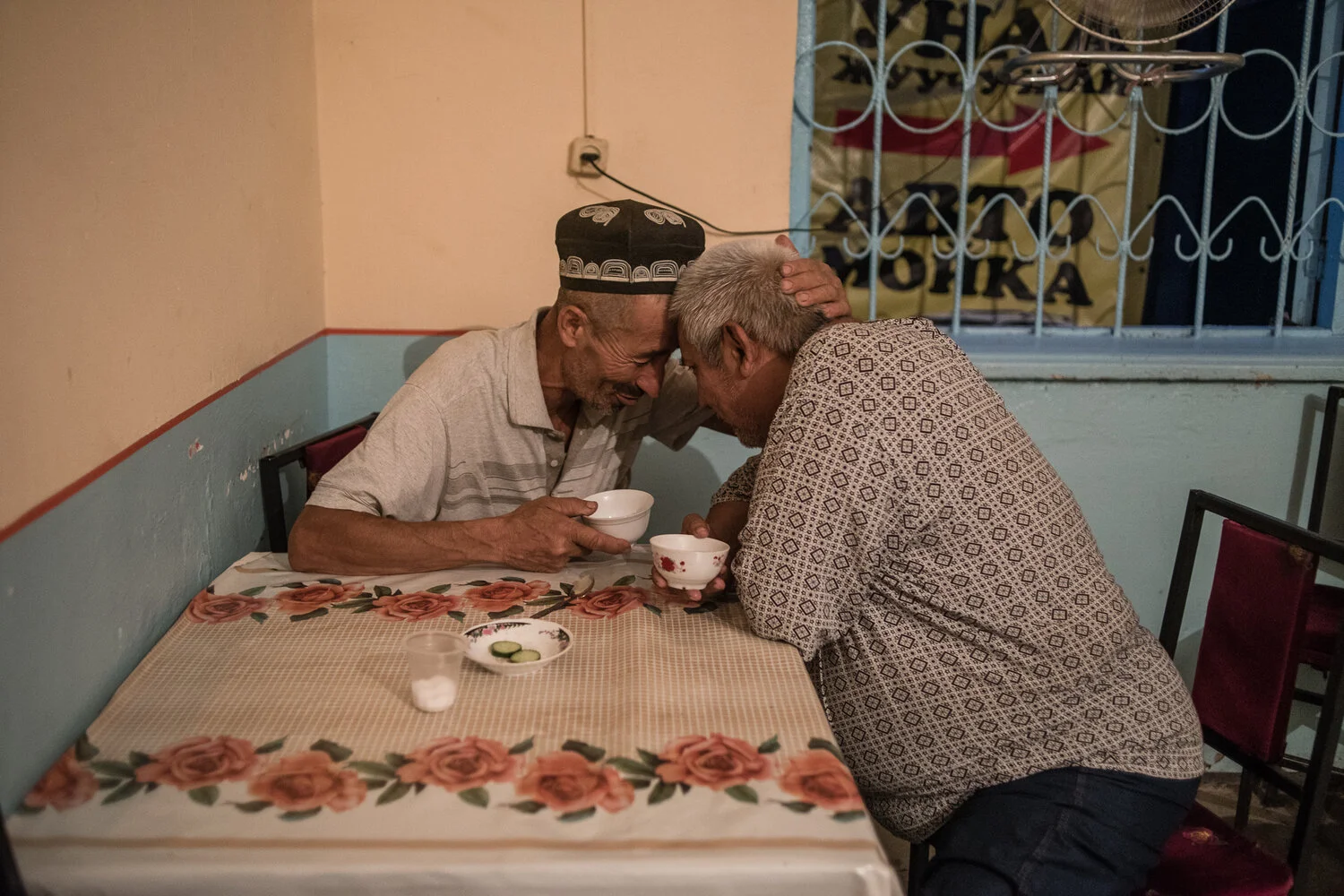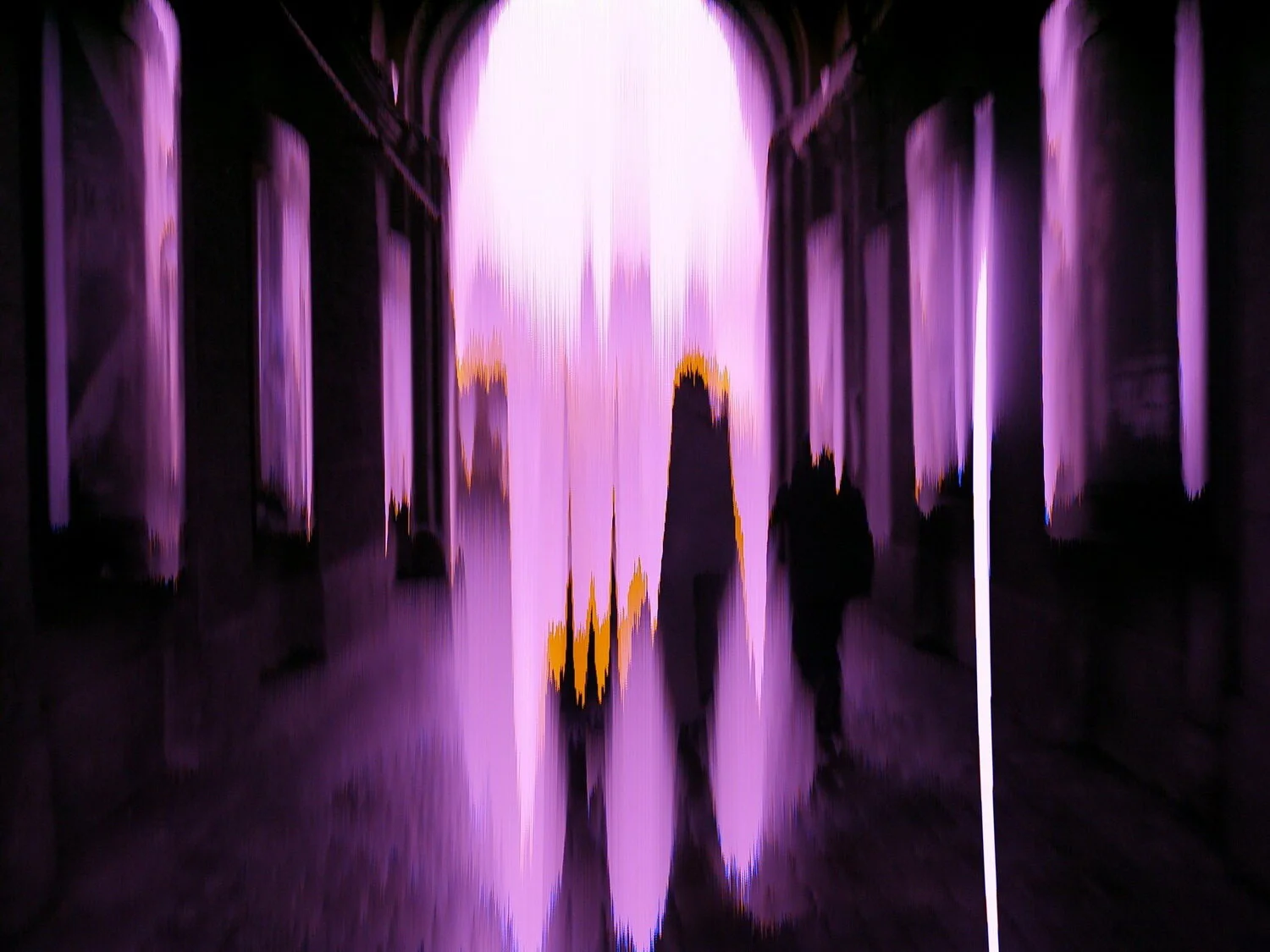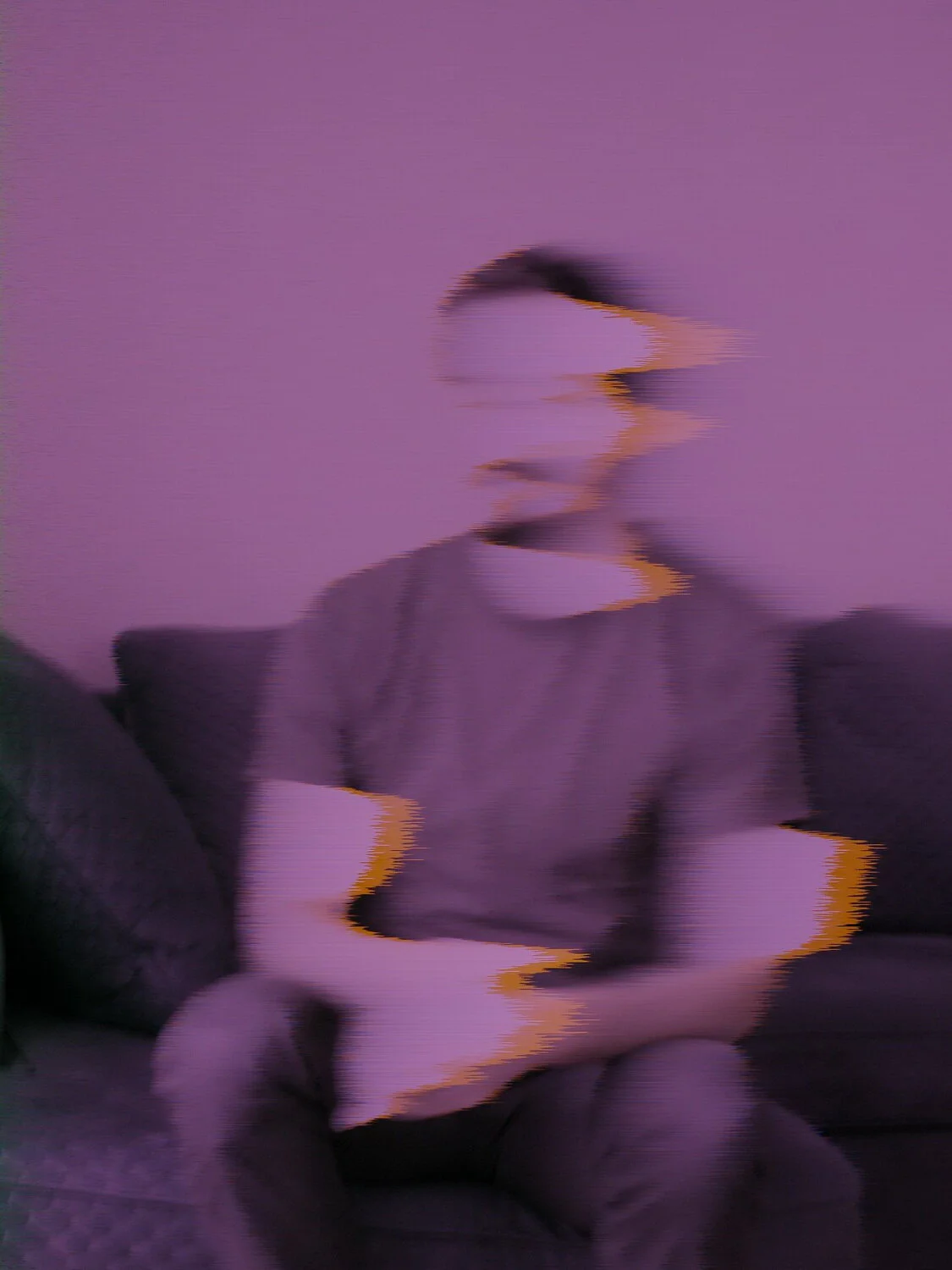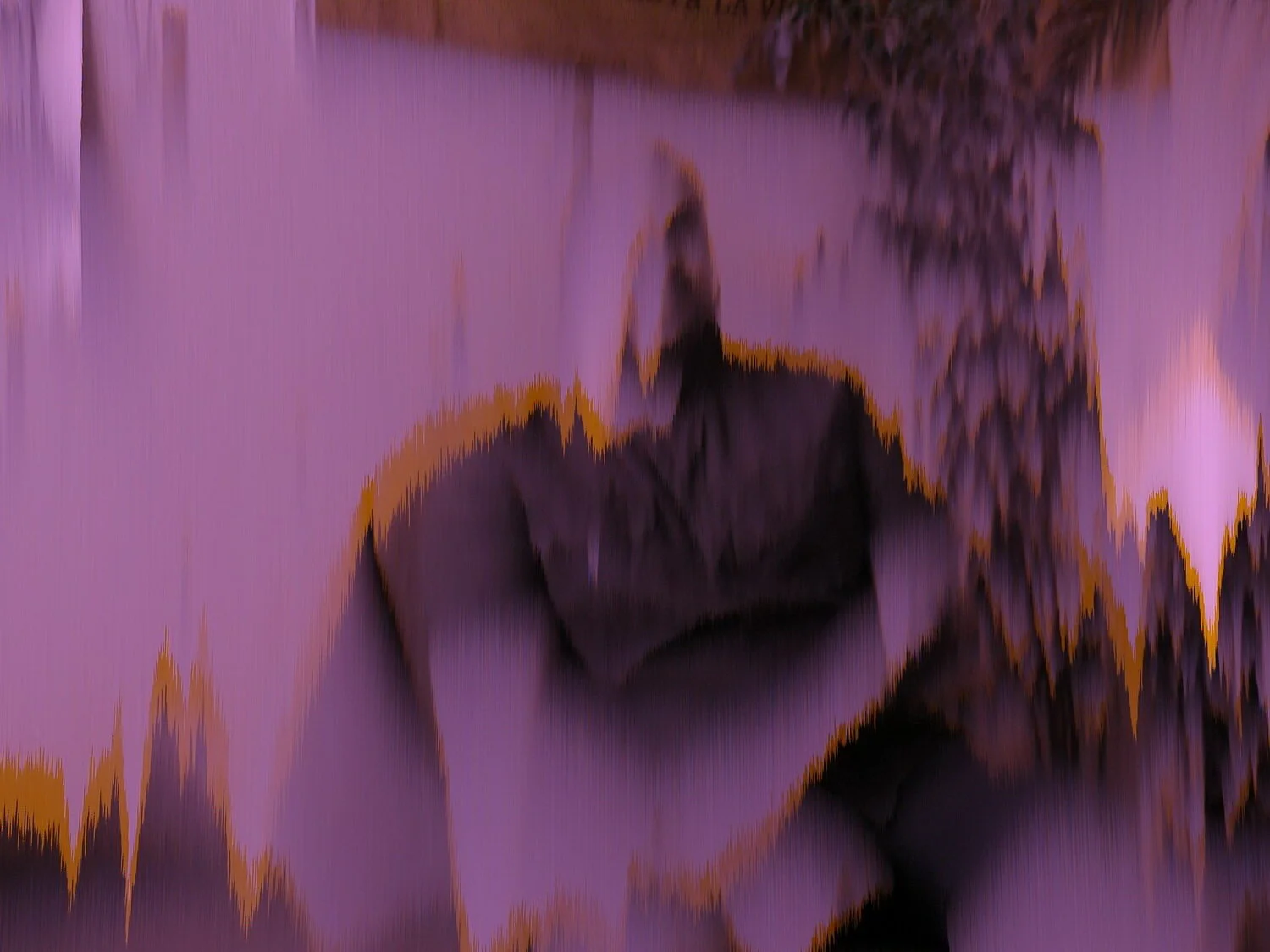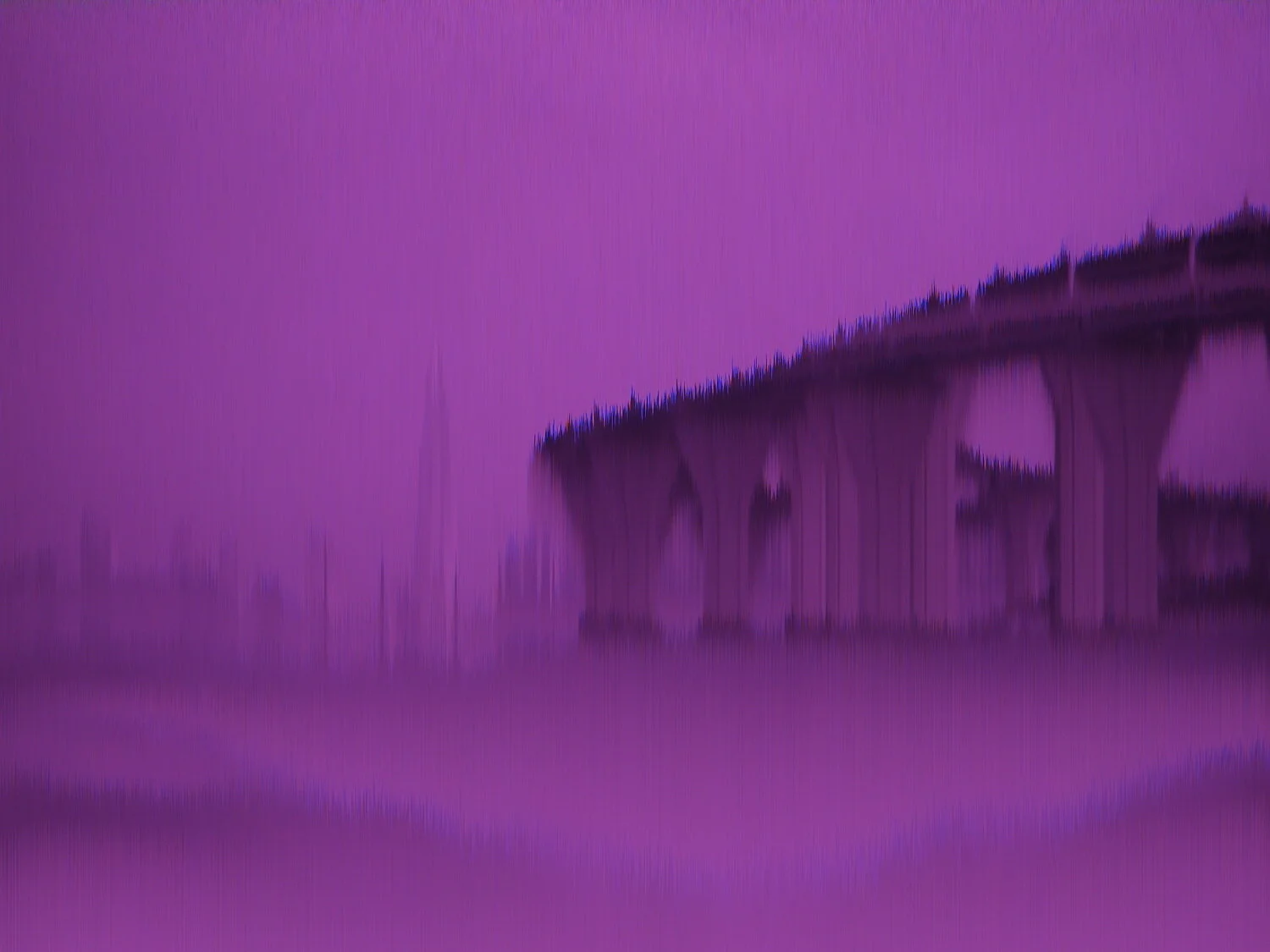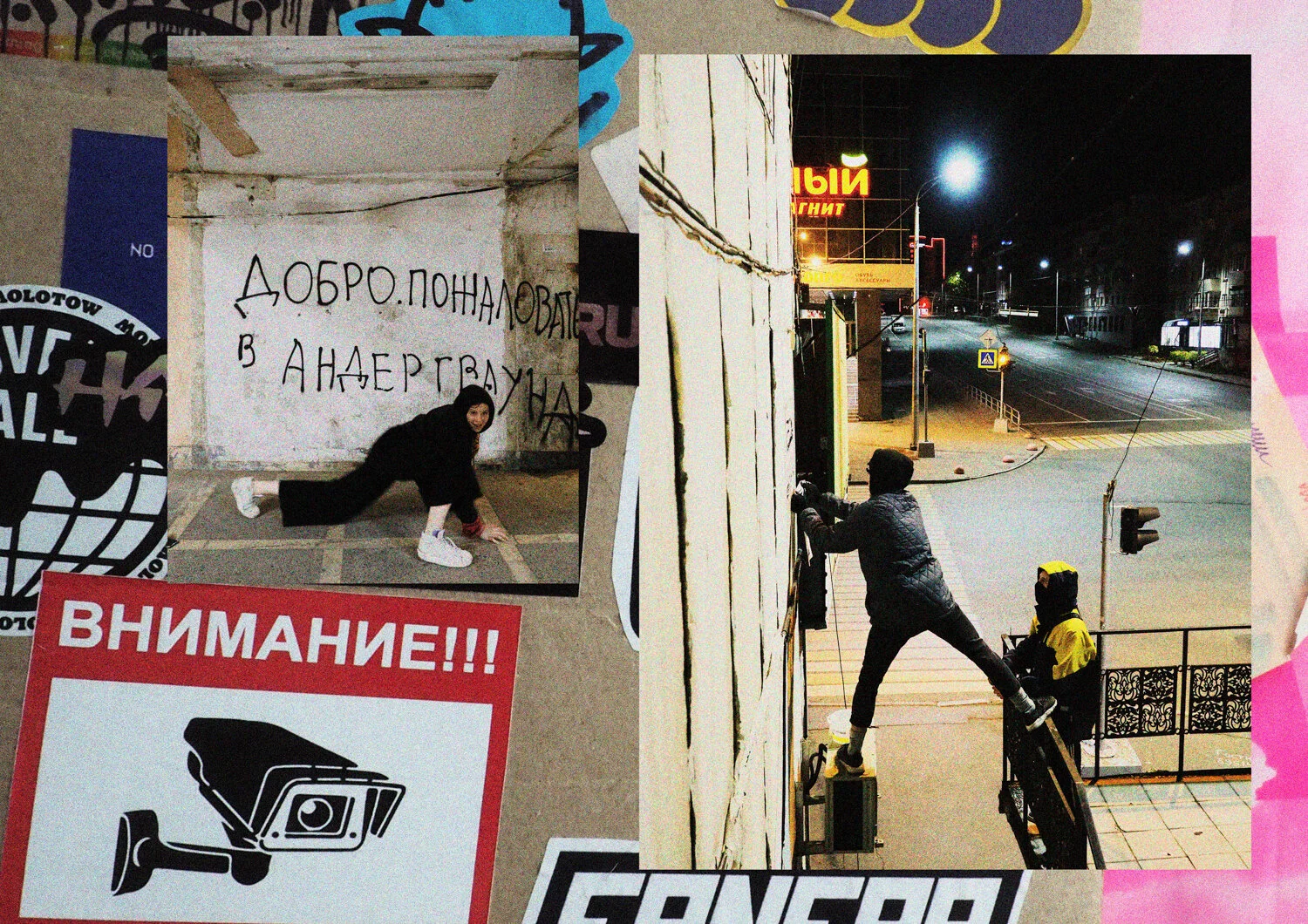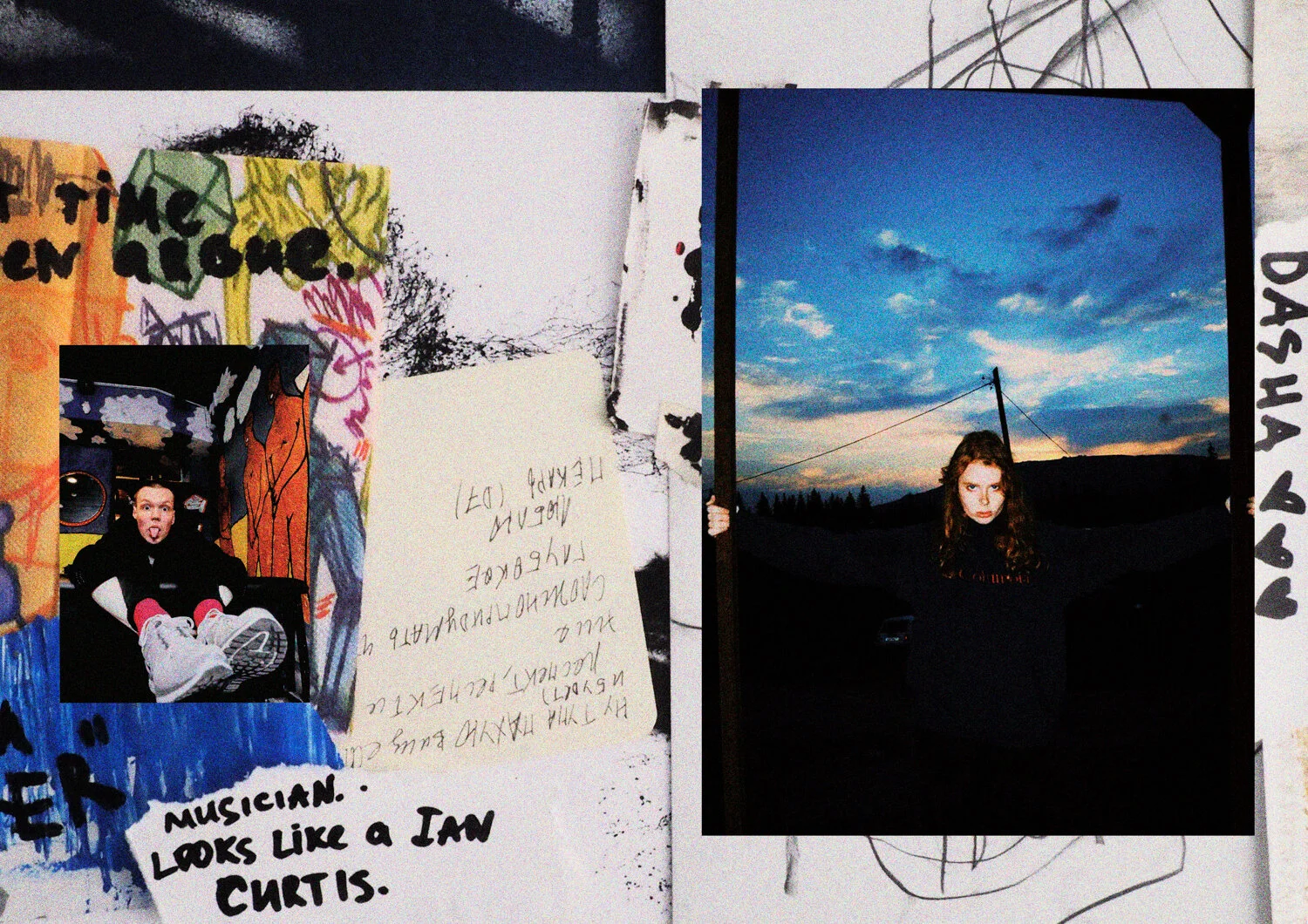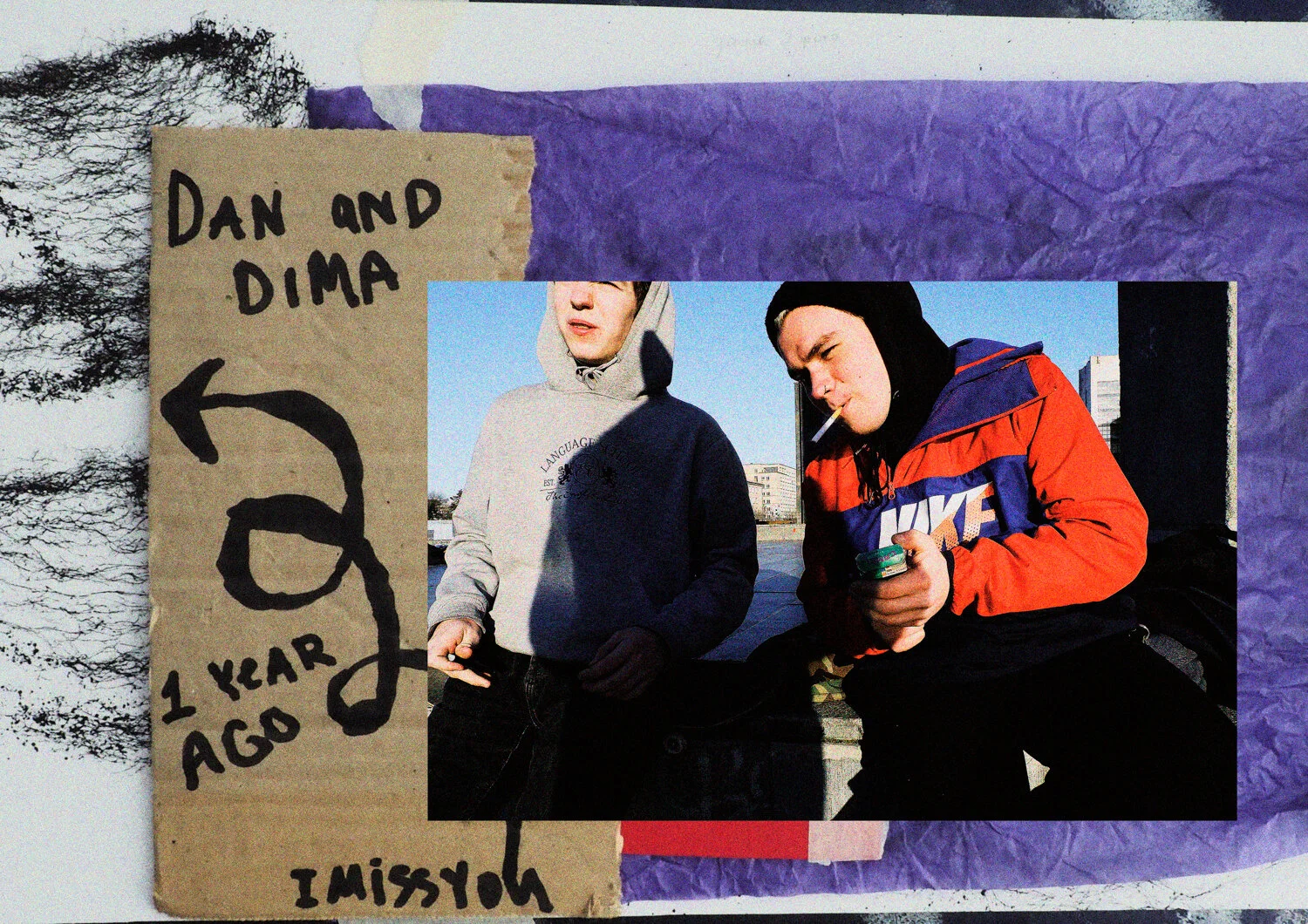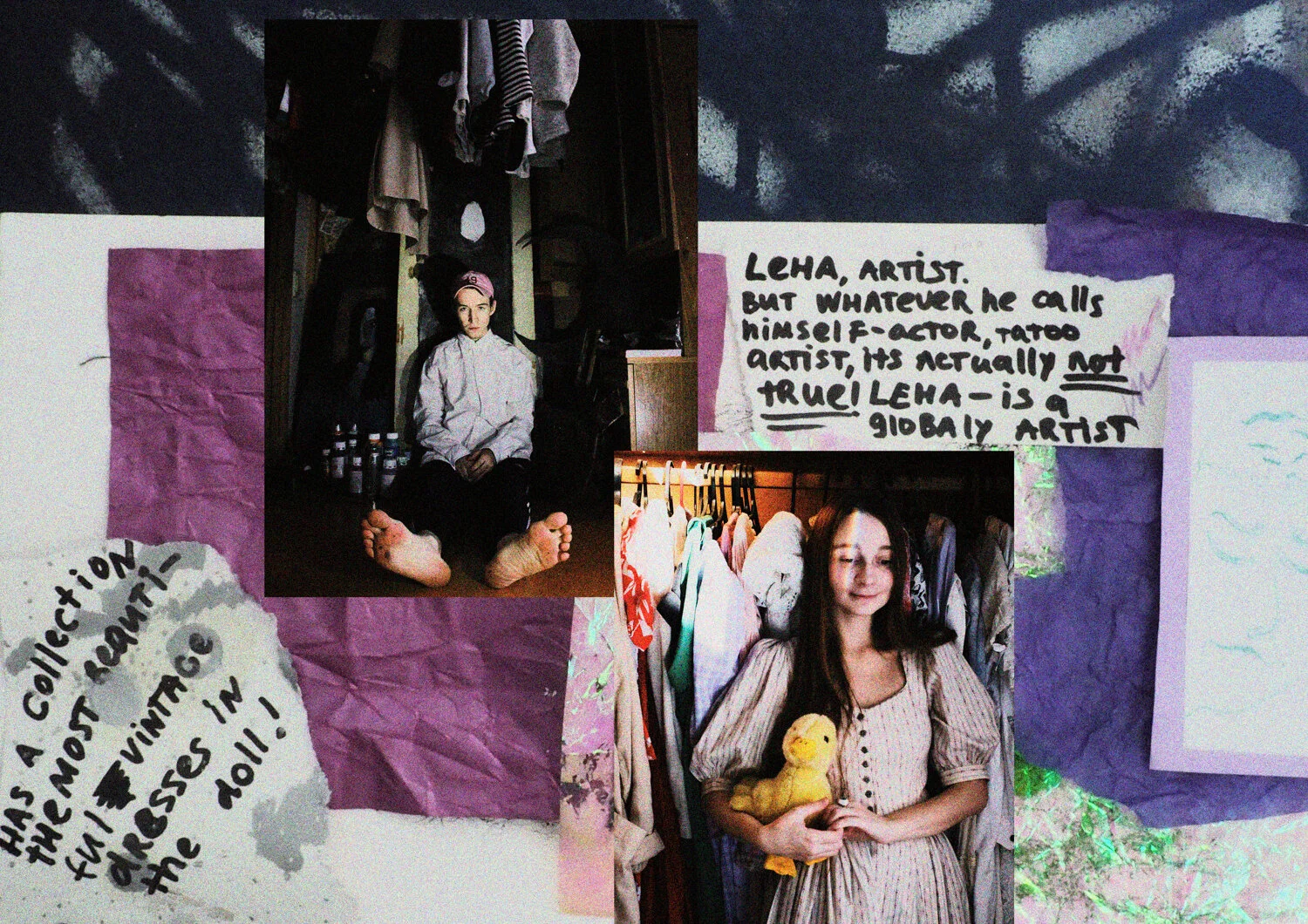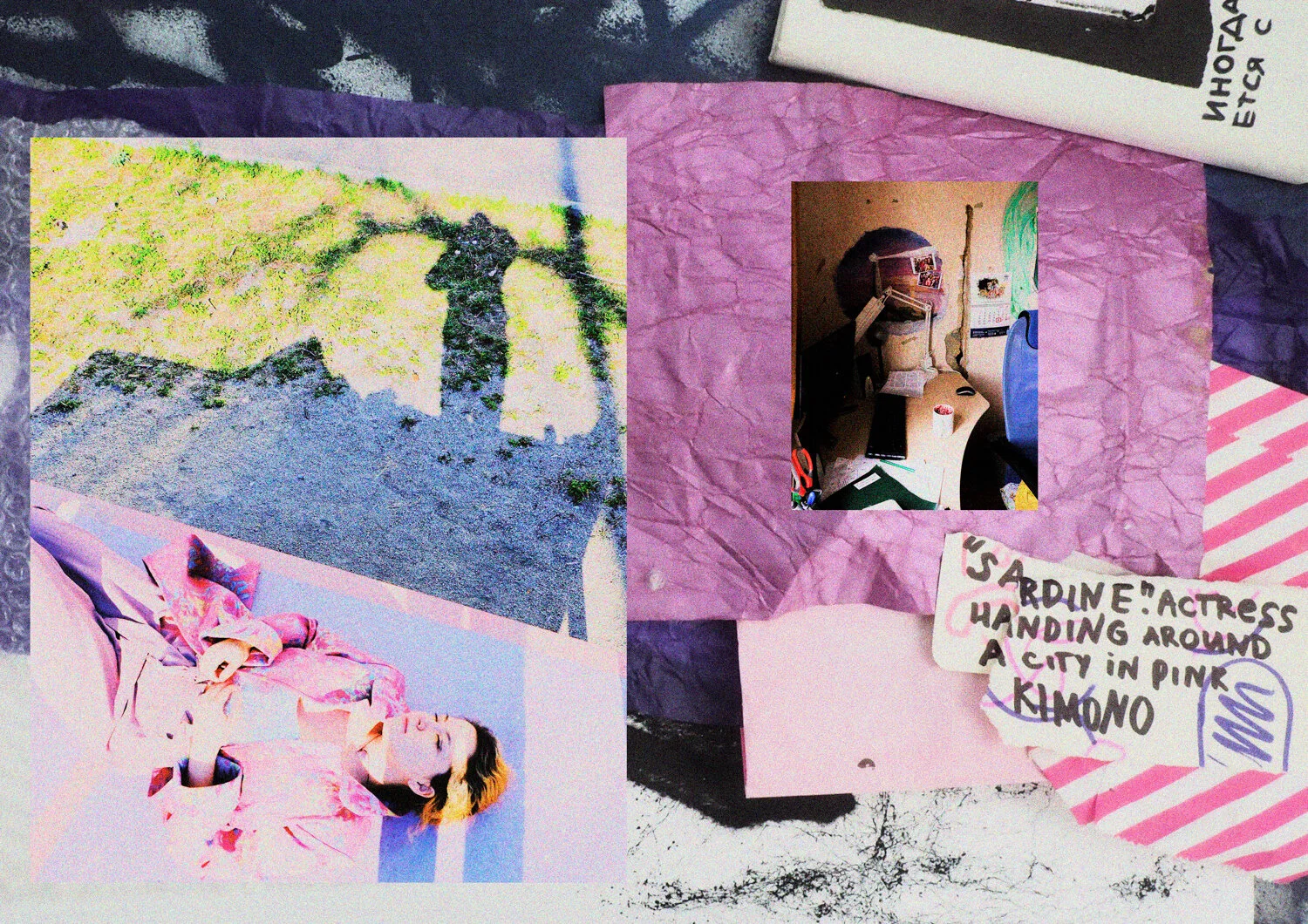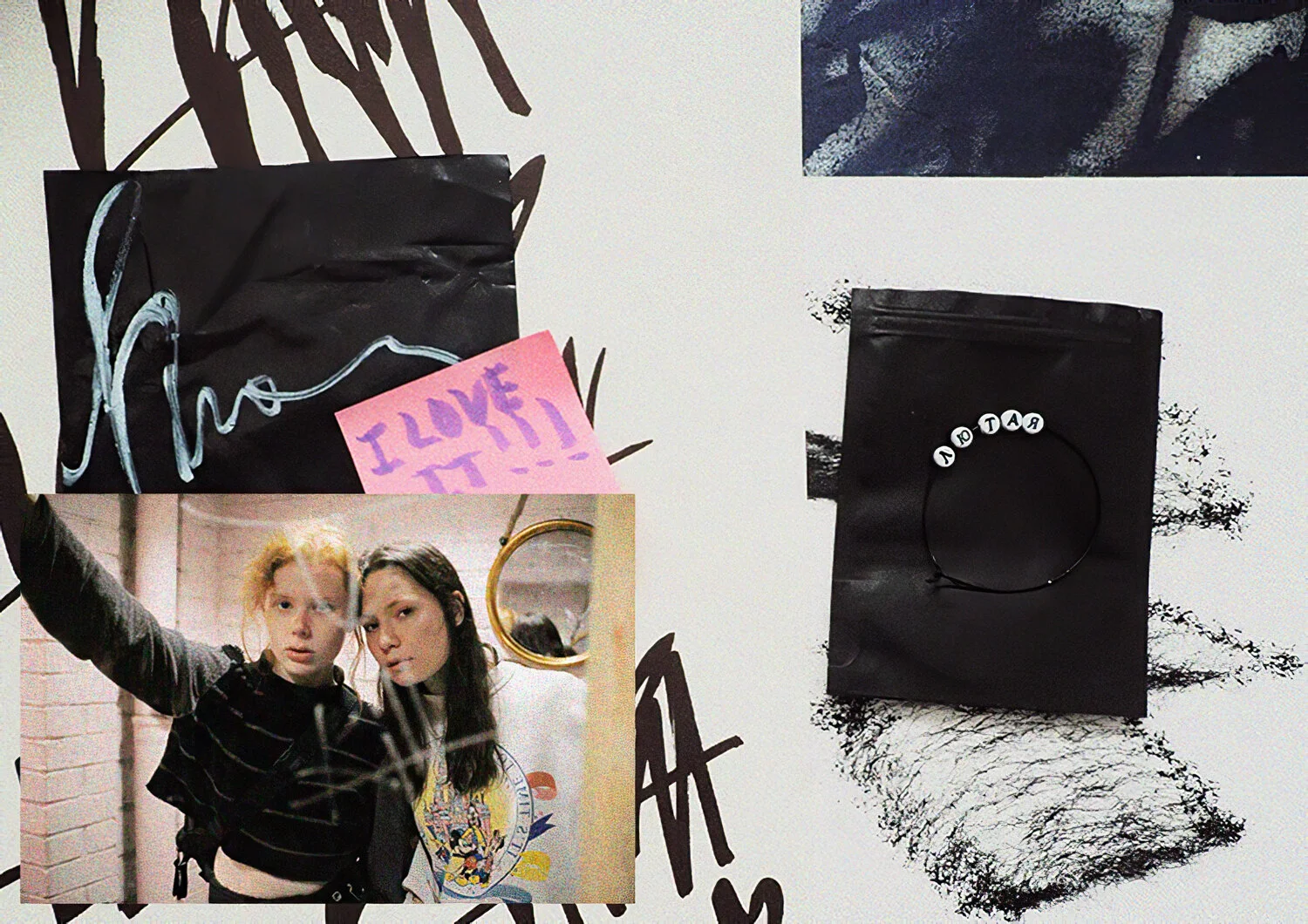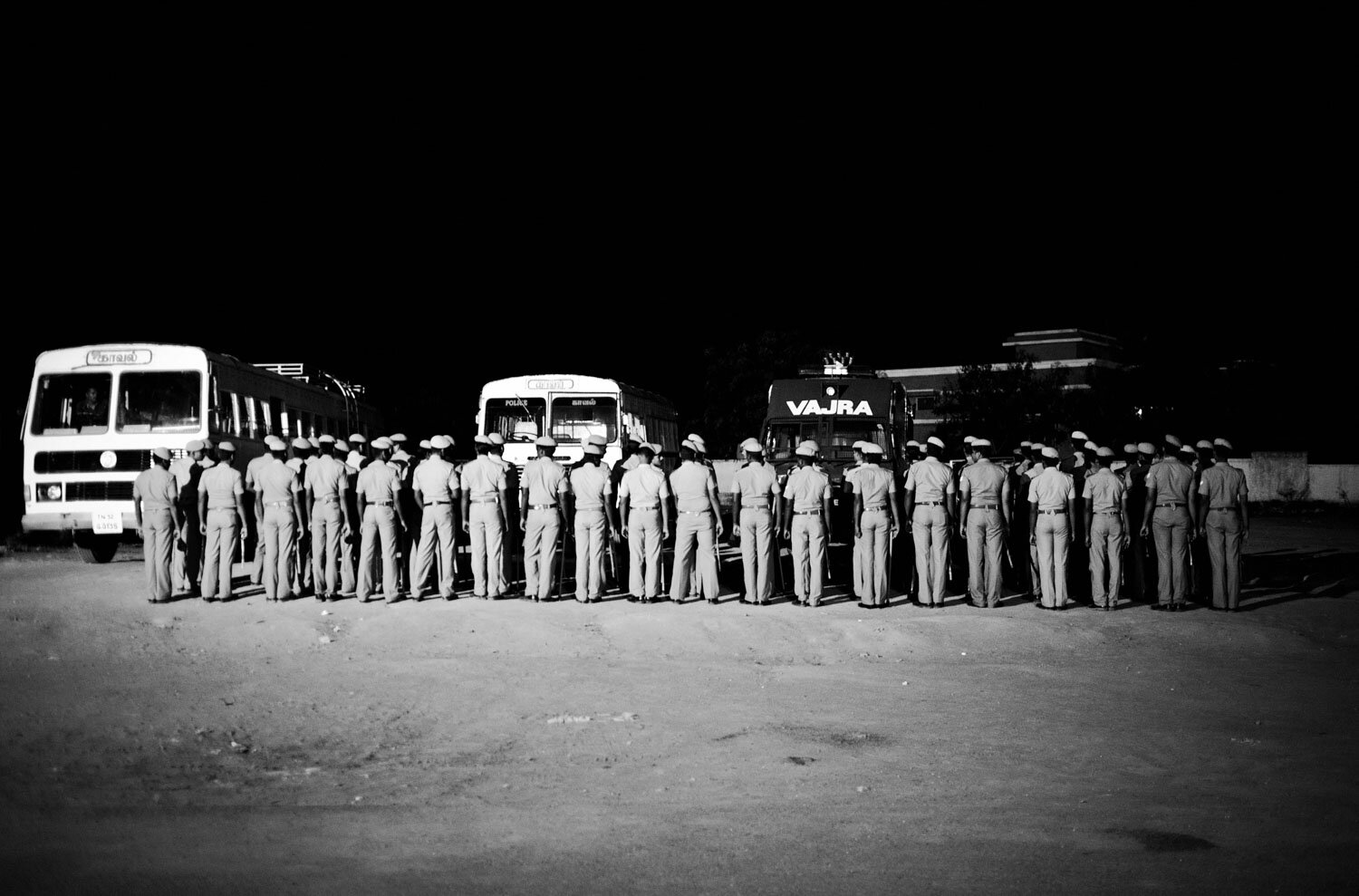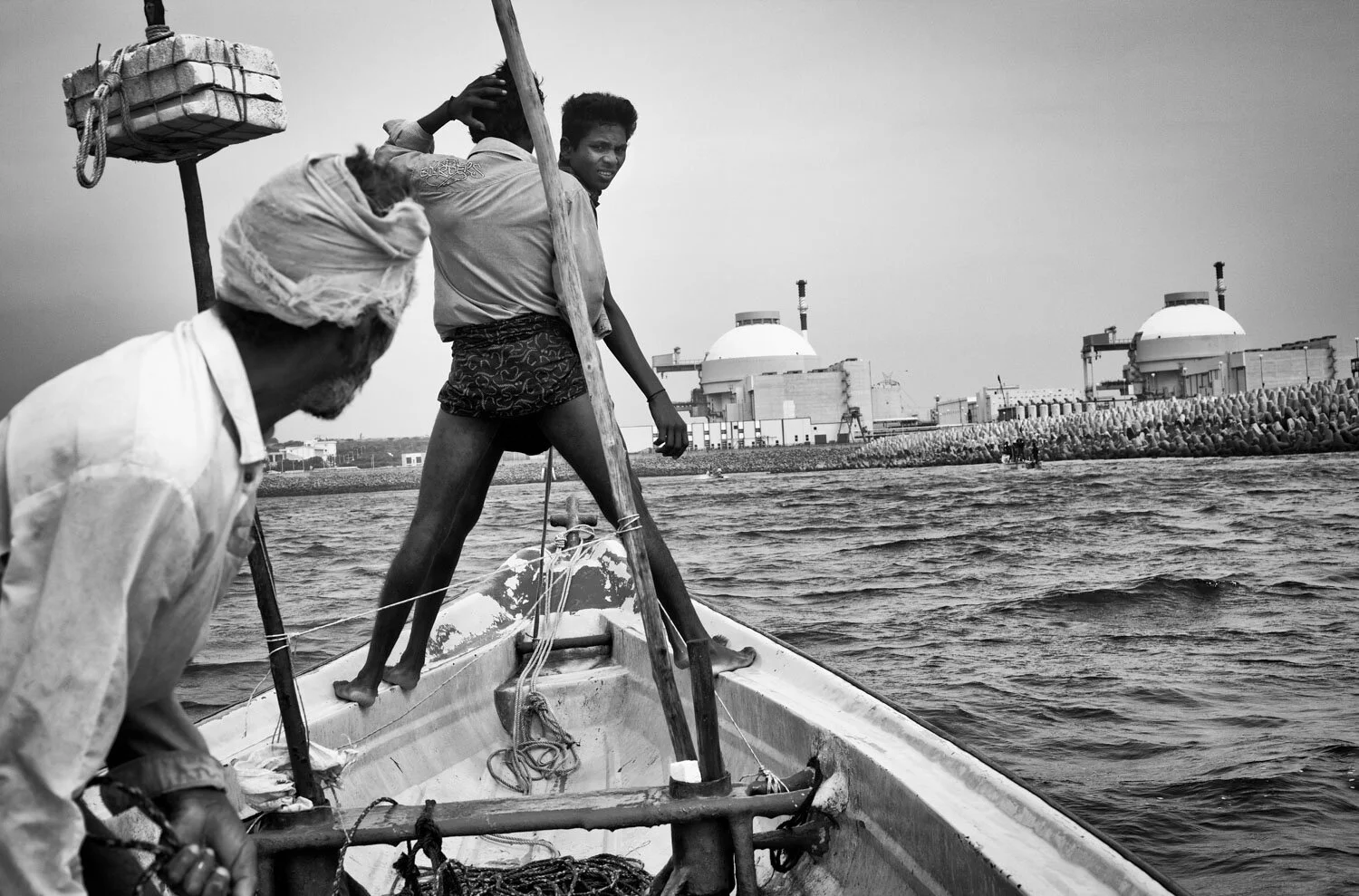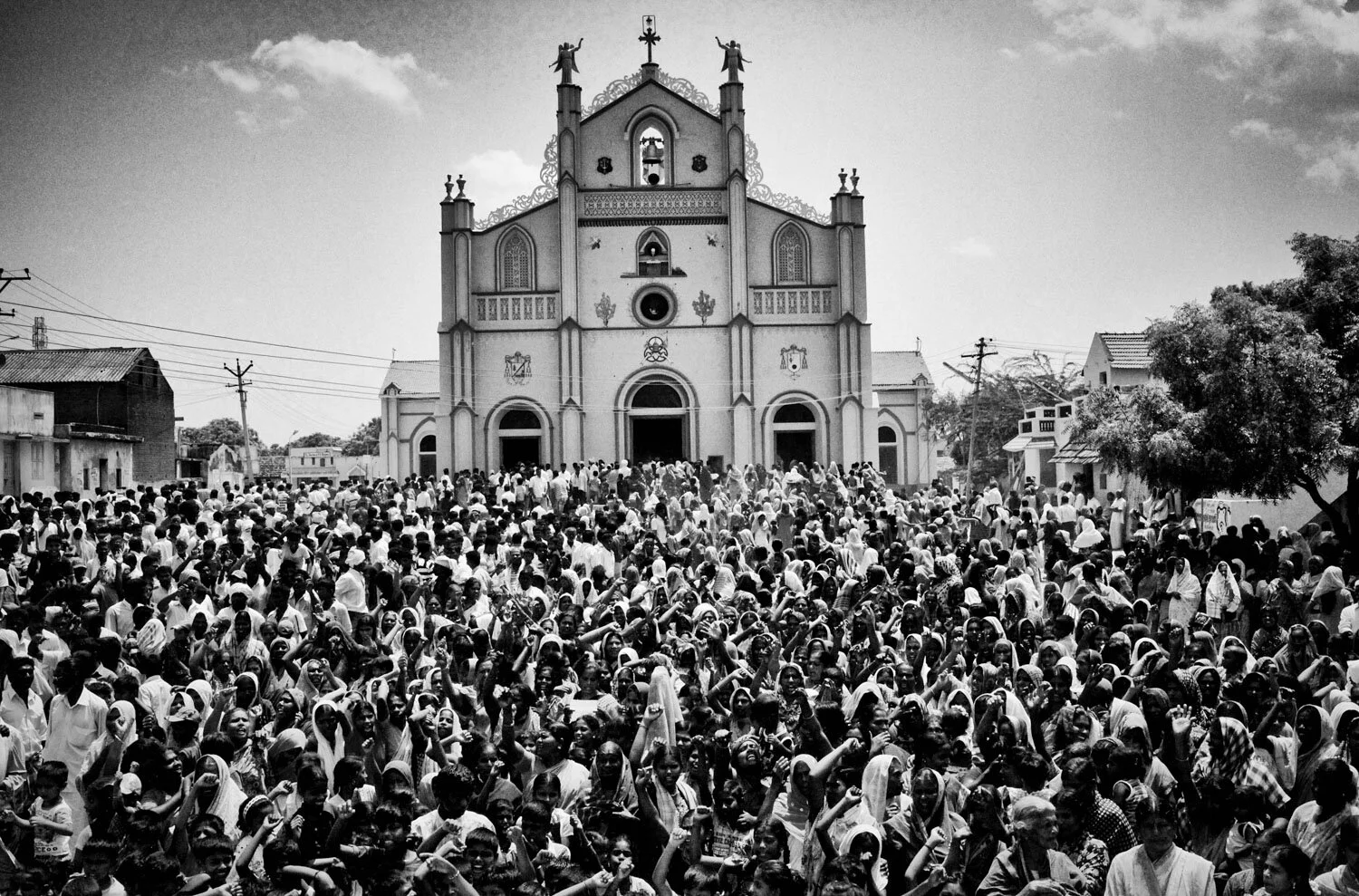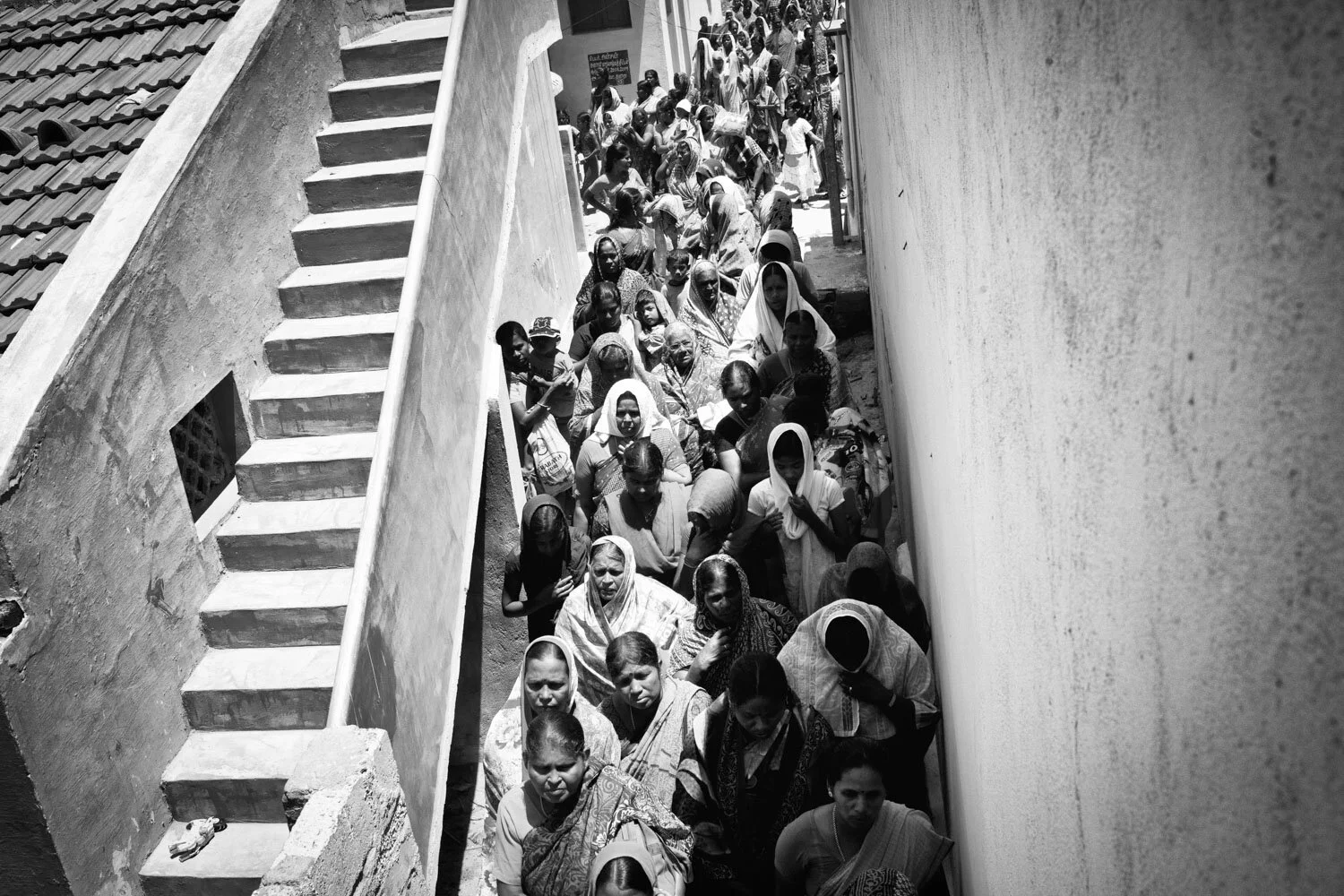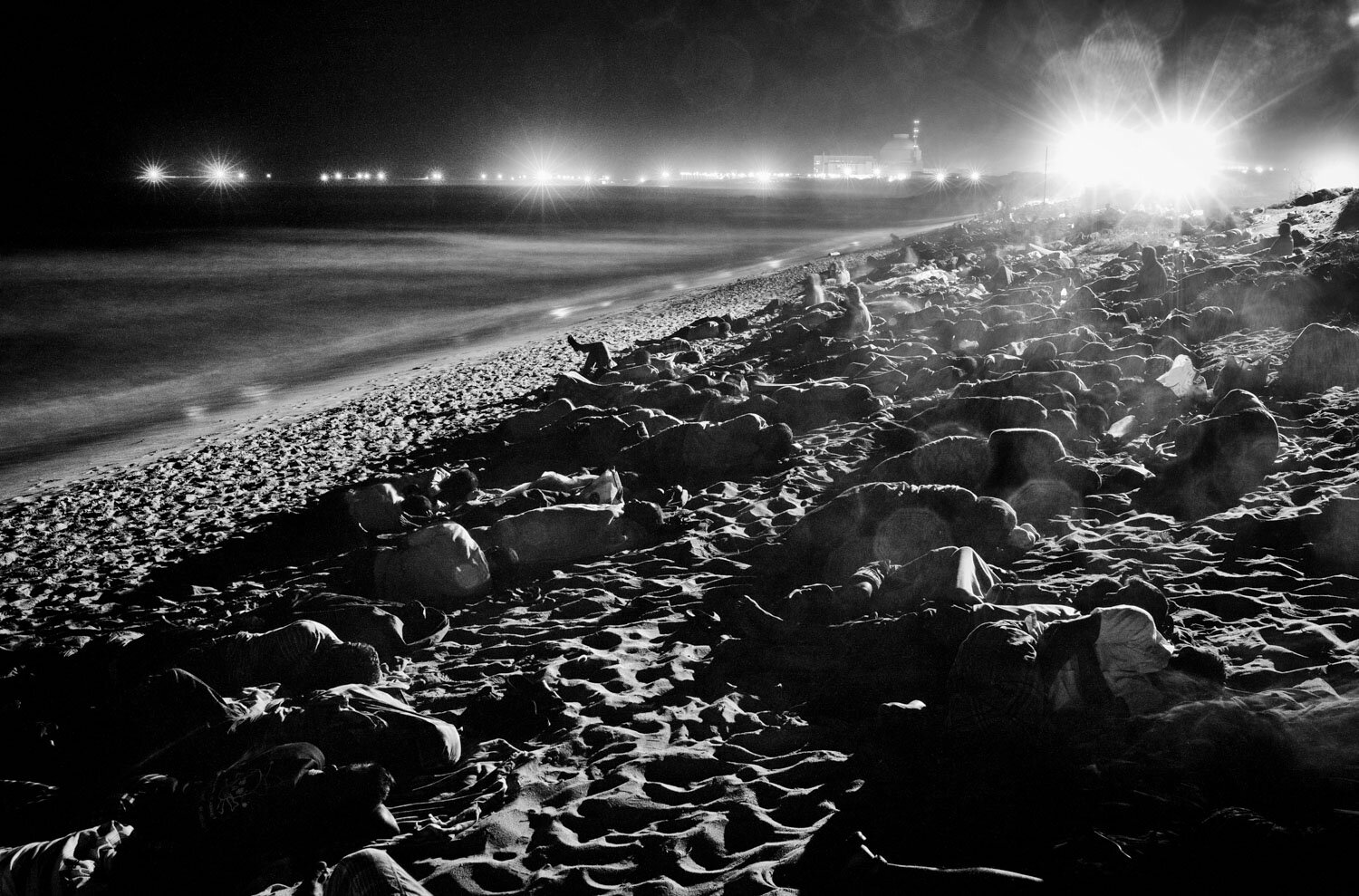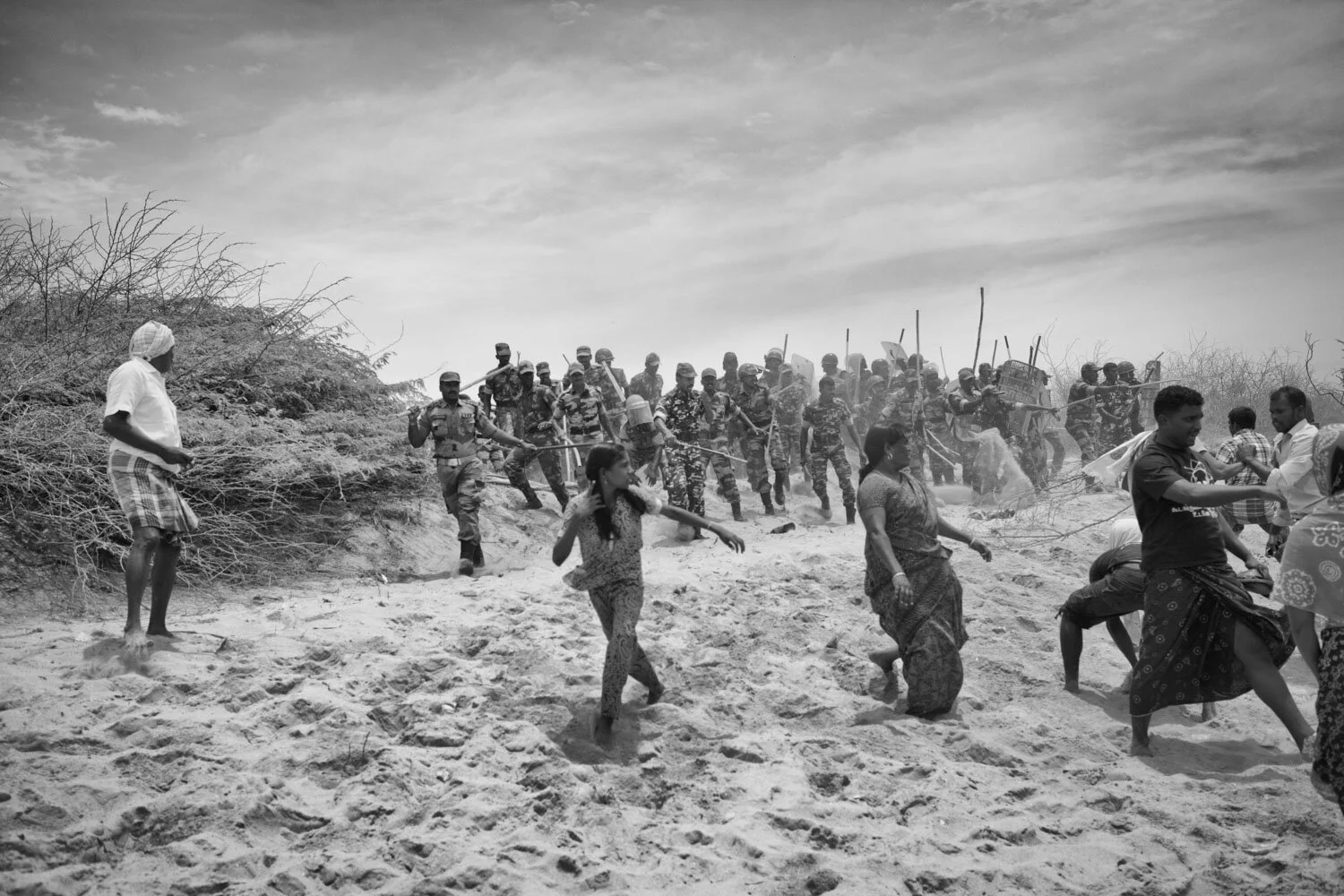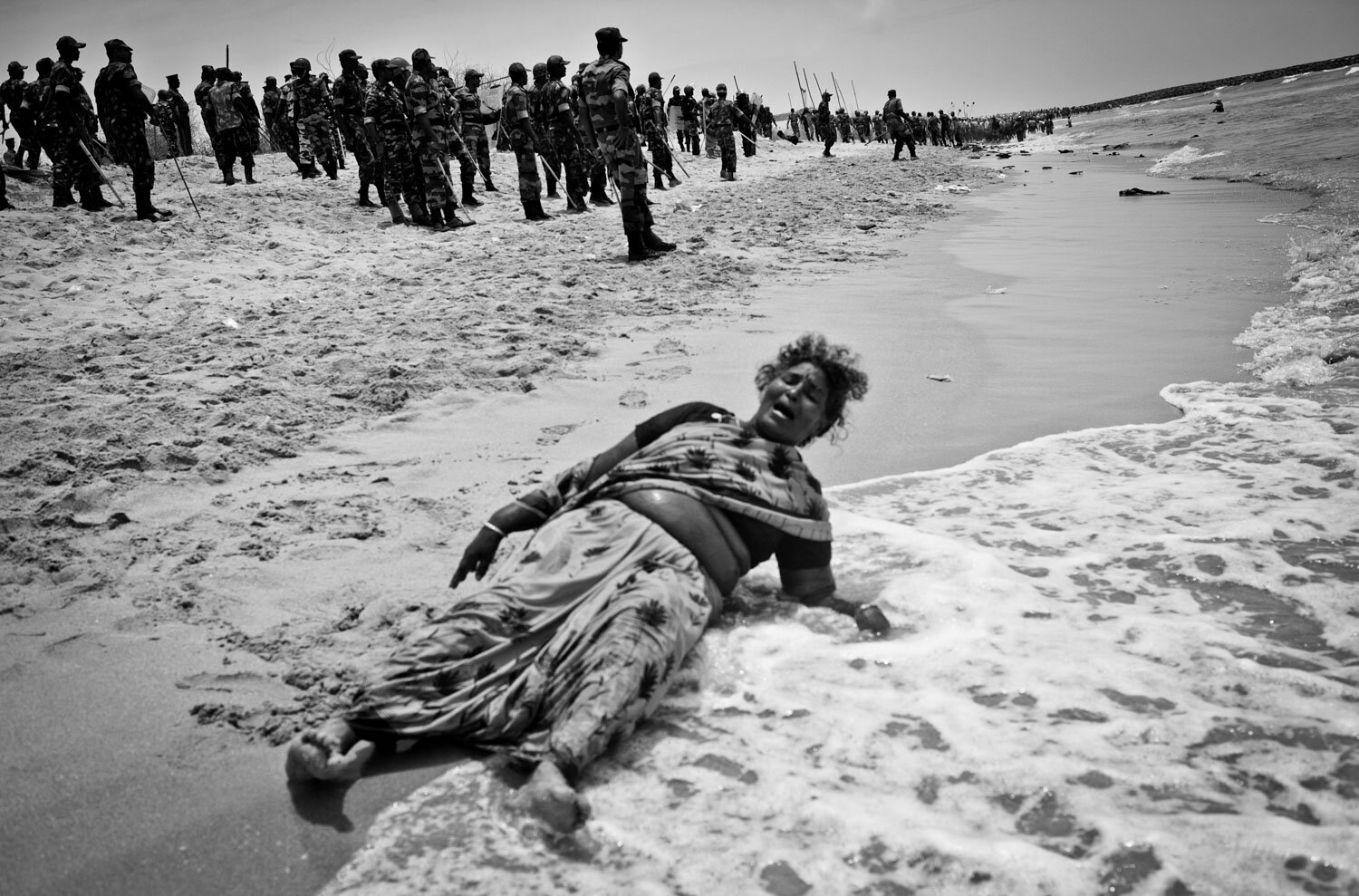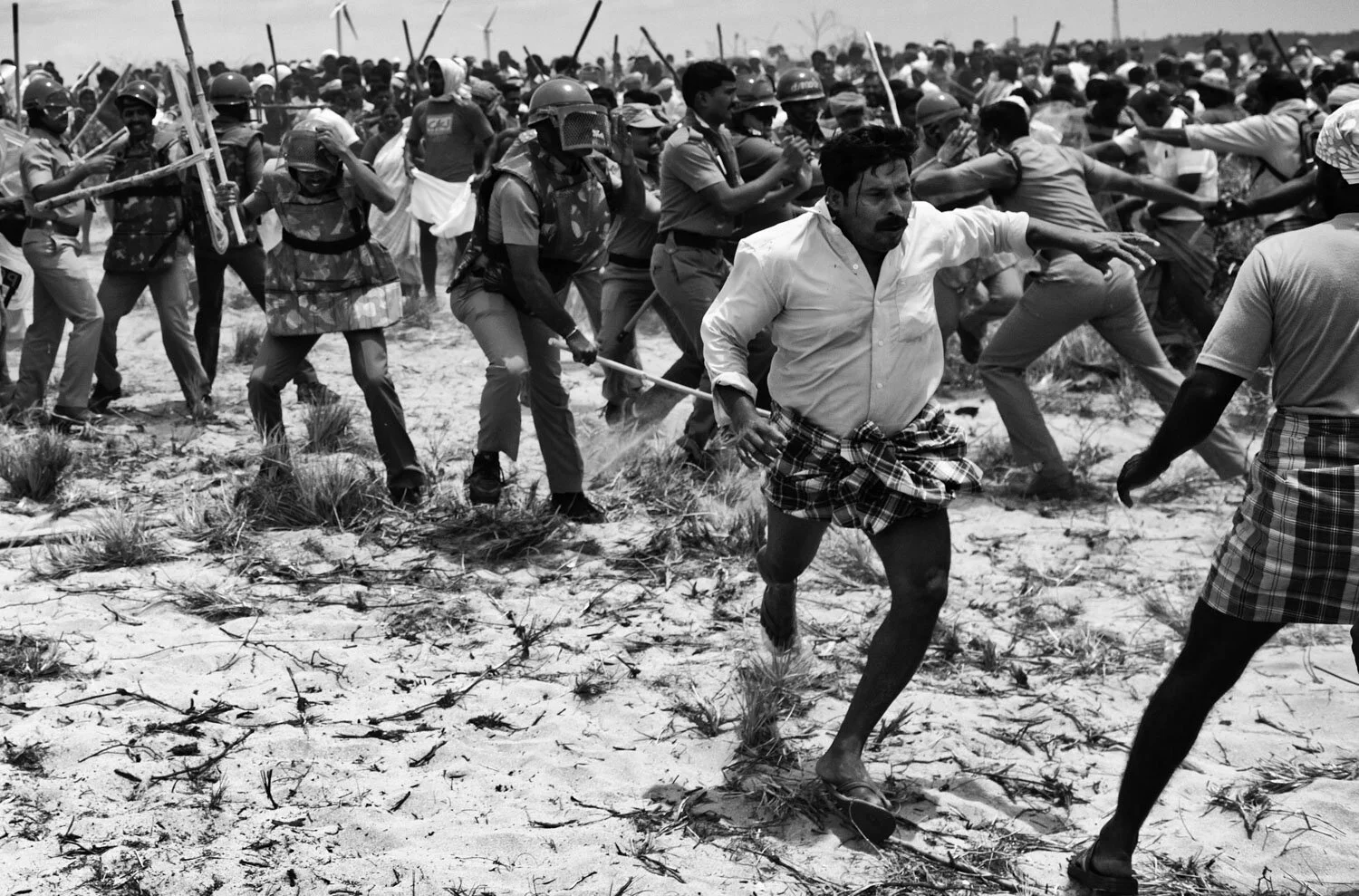Larkat Issam
Relizane, youth out of focus
The Algerian youth represents 70% of the Algerian population, and geographically speaking Algeria is the largest country in the continent of Africa and the richest in terms of natural resources. Within this huge land you will find most of the youth doing nothing but sitting in the streets and developing a variety of philosophies about life and self centering mentalities.
Most of the youngsters inside Algeria’s small cities and provinces seem to know each other. Whether in direct relation or throughout common friends. Yet, everybody seems to feel like strangers from each other. Feeling abandoned and excluded from the world main actions, leadership and decisions. Living their daily life of unemployment, pessimism, poverty and government repression, pushing them to mentally dark corners humans find hard to endure…
On the 22nd February 2019 these youngsters decided to no longer take it from 20 years of ruling by dictator called “Abdelaziz Bouteflika”. Even though they were threatened by chaos and a civil war, they continued a Friday after another taking up the streets with major chants of change and protests such as “Civil country not military selected government”. They also chant for freedom and independency. They shout and demand peace and the right to take their future in their hands. This project explores how the Algerian youngster behave on a daily basis, their activities and struggles and deception, and sometimes fear.
I never stopped believing in them and I’ll never stop fighting for them and trying to get their subliminal messages to the world throughout our medium of photography.
Sebastian Steveniers
Campi flEGREI
There is a danger in the Bay of Naples that could lead to a disaster in the near future. It is called the campi Flegrei, literally translated as burning fields.
This is where the Solfatara super volcano is located, which has an area of 12 km in diameter. Scientists fear that this monster volcano could erupt between 2018 and 2022. If this happens, it will give a bang that will be heard as far as New York, ash showers all over Europe will cause darkness for several weeks, and air traffic will be shut down. This may even bring climate change. A mass evacuation of the entire area will therefore be necessary.
I was very curious about life on and around the volcano and how these 1.5 million people there deal with this constant invisible threat. For a year I kept going to Pozzuoli, the small port town on the volcano. Despite the fact that life just goes on here, people forget that they are standing on a hot boiling soup kettle. There are dozens of small earthquakes every day to remind you of this. Everywhere you find holes in the road, cracks in the ground from which sulfur-smelling fumes escape. The closer you get to the epicenter, the more fumaroles pop up, these are boiling pools of mud from which gases escape. In various places, these fumaroles have been closed to the public due to the fact that a few people have already died in them in the past. This place used to attract many tourists because people could come and have a look and spend the night in the crater of this volcano. Developments in recent years have made this too dangerous and tourism has flourished.
Despite this great danger, this volcano remains under the radar and the problem is somewhat ignored.
I looked for the moments before the eventual disaster, and tried to capture all this before this place ever disappear. I looked for images who seem odd, have a sense humor but also the beauty of this place despite that a catastrophe might happen anytime soon.
Mano Svanidze
Between home and a house
Lili and Amiran fled war in 1991 and found home in an abandoned hospital building in Tbilisi. They paid 40 euros to stay there for couple of nights. 30 years later this is still their home.
This is a project that explores what it means to leave as a displaced person for 30 years and what it means to hope every day to return home. What it means to create home in a hospital room where somebody died.
I know this hospital well. My relatives live there. I have been visiting since childhood. I began this photo project last year. I have always been fascinated by human ability to move on, adapt, keep going. With this series I try to understand relationship between past and present, where they are in harmony and where they push against each other.
Cletus Nelson Nwadike
Mother and child and dementia
On may 12, 2017 I came home but my mother did not recognise me. I tried to explain to her but she started speaking a language I did not understand.
At first I thought that she was joking but then I noticed that she did not look at me the way she used to do… She was in her own world and I was not allowed in there.
I called the attention of my brother and sisters. They have also noticed the change in her but hoped that things shall get better. Later that day, we took her to see a doctor and he said that it was dementia and that mamas situation is going to get worse.
I remember the rice and beans with vegetable that she used to make for me. I remember how fantastic it was to be in a dancing group. My mom actually made the drums we used. It was absolutely amazing. I love watching, listening and feeling the drums and music, but most importantly the cultures shared.
For four years now I have been traveling back home to look after my mom. Somedays mom could remember things that happened long ago. Somedays mom could remember and call my name for a while. Nigeria. It is a hot place politically and otherwise. Hospitals are not functioning and sick people do not get the attention they need.
It is very difficult to document her, so hard to see her through the lens. But there is a closeness too that we share and love will never let her down!
Dina Oganova
See You Soon
I lost and found myself completely new during Covid19. The sense of loneliness was very strong and scary.
The love of my life lives in a different country, in a different city and our distance relationship was always so romantic, until the pandemic entered. Days became longer and nights were so short, after all my flights were canceled and our physical touches became screen touches.
I wanted to breath the same air as him, but it was not possible. I wanted to take him everywhere, to show him every corner of my life, where he was missed so much and he was doing the same. So we were living together in two different places at the same time.
Cansu Yıldıran
Shelter
The geography where I am from used to be considered to be the bridge between the East and the West. Now, it’s more Middle Eastern. I believe this was triggered because of post-2000s’ changing political climate as well as war and migration in the Middle East. These changes all coincided with the development and self-exploration of Generation Y which I am a part of.
As this situation affects people’s living spaces, the development process which the Generation Y goes through is also affected. Those who belong to this generation grow up in a more conservative way in Central and Eastern Anatolia, while a whole different story goes on in the West. The west of the country has a diverse population because of heavy migration from the East that is caused by war and economical problems.
Eventually this situation becomes a major factor in having an identity crisis for people of Generation Y in the West. Many people from different cultures and backgrounds migrate to the same place because of different social reasons to seek a new life by adapting to it. They carry their own backgrounds and culture with them to the place they migrate. They form a new life with the people they feel relevant to in terms of their own mindset, culture and identity. So, I wanted to talk about the stories of groups that were marginalized because of their sexual identities and lifestyles among the groups that could be counted as a community. One of the basic reasons for this is that I do feel as close to these communities as ways of thinking, feeling and living.
From an external perspective, the most basic concern of these groups, which are considered as utopically 'other', is to exist. The right-wing conservative lifestyle, which encroaches upon increasingly habitable areas, and the consequences of political power lead these groups and identities to further close in. Although the communities where Generation Y feels safe inside provides a space for the individuals to flourish, the same safe spaces also become cages, sheltering them from outside creating a paradox.
When these identities and communities which can be considered as safe spaces are getting smaller and smaller every day, I want to tell the process and changes of the Generation Y which has the most fluid structure of these identities.
Nadja Ellinger
Path of Pins
Path of Pins is a visual re-telling of Little Red Riding Hood, revolving around adolescence and the ever-changing representation of female characters in folklore.
In one of the earliest spoken versions of the fairytale, which later inspired Charles Perrault to write his ‘Petit Chaperon Rouge’, the wolf asks the unnamed heroine: “Which path will you take?”, to which she responds by choosing the path of pins, the careless and fleeting one – as opposed to the path of needles, the irreversible way of the wolf.
This decision of the pins reflect two interesting aspects: On a personal level, by refusing to follow the prescribed path, the heroine decides to stay a child and favours the state innumerable possibilities. Exploring what lies beyond, she leads us deep into the forest.
On an abstract level, this metaphor of pins and needles relates to how fairy tales are being treated: Like a butterfly collector, Perrault kills the living, ever-evolving oral tale, to present it to the reader in a pose he artificially forced upon it: He coerces the heroine into the corset of his ideologies. Compared to the early variants of the narrative, where the heroine tricks the wolf, Perrault reduces her to a naive girl guilty of her own violation.
The fairy tale questions authorship: Every form of retelling or reenactment embeds former versions of it, repeats it, alters it, so it will never be original – no authorship can be claimed over it. The fairy tale gives birth to itself.
Therefore I work with my friends, my family, my own body. It is a dreamlike state, where logic does not apply anymore and time works differently. The preconscious mind draws connections, develops a narrative I wasn’t aware of and finds analogies between this universe and reality, stitching these worlds together.
The tale develops, slowly, growing with each iteration, like a living creature.
Stefanie Kulisch
Flughafensee
Flughafensee is an ongoing series of portraits and situations taken by a lake called Flughafensee in Berlin, Tegel.
They are of people who I approached, or who approached me because they were curious about what I was doing with my small medium format camera.
Ahmed wears a perforated straw hat, a white polo shirt and white linen trousers. His eyes and entire face shine because he is searching for love - for his great love.
In his hands he holds a guitar made from found objects - fishing lines, sticks, swan feathers and Coca-Cola cans.
He plays improvised songs to me and calls me 'Darling'. Ahmed came to Germany from Turkey almost 40 years ago. He has been coming to Flughafensee ever since, and feels at home there.
The Flughafensee lies one kilometer north of Berlin’s former Tegel Airport and is accessible via footpaths that wind through a forest. It is a place of retreat and a point of reference for many different people. German Turks like Ahmed, the former Russian acrobat Galina, refugee children, but also dubious characters spend time there.
Attracted by their openness and their unusual stories I spent my summers since 2015 at this former gravel pit. The camera points to the ways in which people shape this environment, how they move around and interact. With a thoughtful eye and careful attention to detail, the work evokes a spirit of community life and belonging that may not always be beautiful.
Oleksandr Rupeta
Peach Margin
"Homosexuality does not exist in China" - this is modern China's position on lesbian, gay, bi and trans (LGBT) identities. Moreover, national authorities turn a blind eye to their activities, so long as these are not reflected publicly.
Meanwhile, Chinese mythological stories and traditional folktales are full of same-gender love plots. From the Rabbit Deity, the Daoist patron god of gay men, to famous Chinese legends such as the Butterfly Lovers, a tragic love story filled with homoerotic subtext.
However, despite the country's conservative attitude toward homosexuality (today clinics in China continue to offer "conversion therapy" to LGBT people intended to alter their sexuality), younger generations are much more supportive of LGBT people, bridging the divide between China's folktales of acceptance and politics of oppression.
Felix Adler & Thomas Victor
Flatten the Curve
The corona pandemic is the central experience of our time. The globalized community was put into a coma. In order to fight the pandemic, borders, schools, shops are being closed - planes remain on the ground - hospitals have been working at their limit for a year - politics is trying to find rules to deal with this new situation. Some are overzealous, others may be too careless. But one thing unites them all: we all have the same problem and want to solve it.
With our series we are tracing this phenomenon. Since March 2020 we document how our society deals with the situation. But the pictures not only show the tasks and problems that the coronavirus has brought with it, but also focus on people's ability to adapt. It is the time of inventors and lateral thinkers. Rules are redefined, tested and sometimes broken again in order to find an adequate way of dealing with this difficult situation. What is in demand today has challenged people since Day 1 of the pandemic: their ability of adaptation.
Zoya Shu
Integrity
Thousands of human lives were lost and immeasurable amount of human rights violations took place as a result of the war that evolved after the sovereign country with internationally recognized borders in the middle of Europe had a part of its territories occupied in 2014.
My native town is 88 km from the border with Russia and the fear of military invasion has already etched in my reality. Sometimes I wonder how long it will take me to get to the nearest bomb shelter or what I will do if the foreign military equipment drives in across the border again, but from the side of my region. I do not want to have the choice to kill or die. I want to remain a civilian, live at my home and stay safe. Safety is the basic human need, but millions of people lost the luxury of it.
It is a chronic abnormal situation that has become a routine for our society.
Millions of internally displaced people, thousands of torture survivors, desperate relatives of civilian hostages, families of missing ones, devastated by years of searches and DNA tests of unidentified bodies. Special sections of cemeteries with new graves of soldiers. Hundreds of children were reported missing from the territory of the armed conflict. Where are they? Thinking about it hurts me.
A war never makes sense to a regular person, an ordinary citizen of any country. It is always instigated and driven only by geopolitical and financial interests of huge powers, leading to damage and suffering for people.
The project “Integrity” includes works from three series - about former prisoners of war, families of imprisoned Crimean Tatars, and the scars of soldiers as an allegory of a mutilated country. I tried to depict the whole picture through the stories of those who were ready to speak. The stories of pain, broken lives, injured bodies and minds.
War is not only the military action. It continues in the physical wounds as well as psychological damage carved on individuals and whole societies for decades or even forever. The depth of an aftermath of military conflicts make them a crime of enormous scale.
The world has changed since the times when a photo could stop a war. However, I am hopeful that telling this story can plant seeds that will grow to help prevent a catastrophe. Because we have seen the catastrophe.
Now we have a lot to repair. Ukraine is healing the trauma of the ongoing war and is striving to restore its integrity on many levels.
Danil Usmanov
Inshallah
Inshallah expresses the belief that nothing happens unless God wills it and that his will supersedes all human will. The project includes several stories which unites islamithation topic. I went to the south area of Kyrgyzstan and I met a lot of different people. Some one were very radical while others were very kind.
Kyrgyzstan is a secular country where 83% of the population is Muslim. After the fall of the Soviet Union Islamisation began to take hold and people were looking for something to identify with. The power of the mosques grew. In 1991 there were only 39 mosques but after 19 years it’s already 2688 mosques. Some of the Muslim movements in Kyrgyzstan are moderate, but others are more radical.
When the conflict in Syria began, 600 citizens of Kyrgyzstan went to fight for ISIS. Most of the man's died and women with children stayed in camps. They can't return by themselves but the government is inactive. Substantial part of the people were from the south area of Kyrgyzstan. This community just keeps going and they can only say Inshallah.
Aino Väänänen
Dandelions
‘Dandelions’ is an ongoing documentary photography project about HIV-at-risk women in Bucharest, Romania.
HIV continues to devastate a large cross-section of Romania’s population, from young to old. Though the stated number of infections is around twenty thousand, in reality the number is significantly higher, due to the many reluctant to get tested for fear of social stigma.
Four years ago, I travelled to Bucharest to document this public health crisis, a journey which lead me to the women who inspired this project. ‘Dandelions’ started with Ramona, a sex worker, showing me her scars, as if she wanted to say ‘look at what I’ve been through’. She is struggling with both addiction and making rent but is surviving. In the face of such hardship, I am moved by her resilience.
There are so many others like her, Alina, Cristina, Carmen and all the women outside the Gara de Nord. They are survivors; surviving a society that rejects them, that wants to forget about them and shut them out, yet they continue to exist in their community of the streets, bound by enduring humour and solidarity.
Fedor Oshchepkov
tITLE MISSING
TEXT MISSING
Keseniia Apresian
1 A.M.
Each relationship is different. So is sex or love. Being sensitive or wild, conservative or kinky, mono- or polygamous, romantic or vulgar, fruity or naughty.. almost everyone questioned themselves: If I like this or that, is it normal?
Raised in a post-soviet country, where the topic of sex was a taboo for a long time, I moved to Berlin and was exploring it’s new normality with the help of my camera, capturing people in their intimate moments in a project called “Whatever you like”.
“1 A.M.” series started as an attempt to continue the project in times of pandemic, when it’s almost impossible to make shootings offline. It’s a visual essay about human sexuality and sensuality. All the pictures were taken completely online, using webcam platforms, which reflects how sexual relationships are being more and more digitized every year.
Svetlana Bulatova
Nothing To Fear
This is a story of how all our strength, gathered from the love given to us in childhood, can become a reservoir of endurance for years to come. Rayana, 8 years old, was born and lives in the mountain village of Engenoy in Chechnya. She is growing up surrounded by the mountain air, snow-covered beech forests, and the noise of pebbles washed by the river. Rayana lives with her mother Raziyat, who’s a school teacher in the village, and her grandparents. Her grandfather Shahruddi is a forest ranger. Shahruddi is a man of few words. He is deeply connected to nature and familiar with every animal trail on his land, despite the scale of his territory. Shahruddi says: “A wild animal never attacks first. Humans do.” Rayana is brave because sometimes she accompanies her grandfather in the forests up steep hills. Rayana is very studious and curious and she has enabled me to also bring out my childish curiosity in my photography.
Chloe Alexandra Davies
If you kiss him, you won’t dream about him.
'My mother turned to me and said,
"If you kiss him you won't dream about him."
Well, I couldn't stand him.
He was laying there, in his coffin, stone-cold, I had never felt or seen a dead body before.'
By addressing the legacy of violence within the familial setting, 'If you kiss him, you won't dream about him' disrupts the cycle of insobriety, trauma, self-contempt and negative tendencies which have roamed around my grandmother and mothers' memoirs for many years. The work is a visual response to the indiscernibility of anecdotes within their past lives, an alternative reference that investigates intergenerational conversations. Truth and multiple perspectives interplay significantly on the narrative outcome. With no photographic evidence of these events, the images dramatize and alter the state of truth and history within the family archive.
Using visual representations of the recollected stories, where performance and duplicity play critical roles in the act of smoke-screening reality, I play with these modified anecdotes. By reconstructing and simultaneously appearing in these visual plays, I embody the characters and their mannerisms as a means to look back at the choices they have made and question how much of the psychological, genetic past I have carried forward in my own life.
Ilyas Hajji
Russian torture tools
Torture as an enhanced interrogation technique is widely practiced in Russia; about 200 victims seek help from the Russian Commitee for Prevention of Torture each year. Political, religious, and civil detainees are subjected to humiliation and harassment in police stations or while serving their sentences. The fear of physical abuse implemented by state authorities is evidently present within Russian society.
Despite the legal prohibition of cruel and inhumane treatment of detainees, the law is weak in everyday practice of law enforcement. It is extremely hard to hold perpetrators accountable for their crimes and only a few cases are brought to court. Moreover, those turning to the brutal interrogation are considered to be the most productive workers by their fellow colleagues. Consequently, superior authorities prefer to conceal their methods for the sake of a high clearance rate.
This book reveals an uncanny dimension of mundane objects used by the state as tools of torture: pencils, rags, books, and plastic bags. Superimposing disturbance on our visual perception of these items, the photographs create a space for re-consideration of the agency and proximity of state violence in Russia to our every day.
Mayya Kelova
Forgiving
Forgiving is about overcoming trauma as a result of my personal experience of violence from an intimate partner.
Unprocessed, my trauma manifested as PTSD years later, along with guilt and self-blame. Though, it might seem counter-intuitive, one of the biggest challenges has been forgiving myself.
This project is a history of my own voice: from the moment I lost it, to a process of regaining it, and to forgive is an essential part in achieving it.
Olga Kuzmenkova
The truth is out there
“We're drowning (not waving)
in a sea of data…
Data, data everywhere,
but not a drop of information.”
US National Security Agency
I used to be a journalist fighting fake news. I produced detailed longreads to debunk viral falsehoods. I couldn’t help but wonder whether any of my multi-layered quests for truth reached their target audience.
I became interested in how people consume information and how the information spreads in society. My research led me to the concept of apophenia—a phenomenal ability of the human brain to make connections between random facts. Psychologists think that it is actually not a flaw, but a mechanism crucial for survival. The ability to detect patterns in the surrounding environment helped humans to recognise danger and stay safe.
Apophenia is key to understanding conspiracy theories. There is an overabundance of information, and the human brain is desperate to make sense of it all. It creates meaningless connections between random facts in an attempt to bring order out of chaos. The mechanism which was once crucial for safety now poses danger itself.
Conspiracy theories exist in the mind’s liminal space, where the mind has already left dry facts but hasn't reached pure fiction yet. My investigation of conspiracy thinking brings me to the real-world liminal spaces: parking lots, hallways, stairwells, waiting rooms—all kinds of spaces that exist to connect here and there. What kind of truths are hidden there?
Mikhail Lebedev
HYDRA
This project focuses on drug related crimes and the darknet influence on this process. In Russia, 25-50 percent of prisoners are serving sentences for drug-related crimes. There are two major factors for that. Firstly, drugs are easy accessible. You can buy all kinds of drugs in the darknet. All you need to have is 15 minutes of free time, Smartphone and Tor browser. After drugs buying you pick it up in the nearest park or courtyard. Digitalization of drugs buying process involves many new people to this field. Secondly, the situation is complicated by extremely repressive legislation. Even for possession of a small amount of drugs, a person can get a prison sentence of up to 10 years. After serving a real or suspended sentence, people find it difficult to integrate back into society and find decent job.
I have shot people who have had real or suspended sentences for drug-related crimes. I also have shot the urban landscape, the places where dealers hide "treasures" the most often. These are parks, industrial zones, entrances of apartment buildings, cemeteries, territory of playgrounds.
For shooting I've used broken camera, which deforms images. The darknet and the digital camera have one origin - binary code. The darknet is shadow of the internet. Mad internet. Broken internet. And in our common life we don't see the darknet impact. But in drugs related crimes it plays major role. In my opinion, this visual way discloses relations between digitalization of the world and our real lives. Also this visual approach accorded well with traditions of documentary photography. On one hand I don't develop my photos, all images are born inside the cameras, on the other hand it invites us to think about the nature of the photographic images.
Mattia Marzorati
The land of holes
Over the last hundred years the city of Brescia and its province have experienced an exceptional economic development, mainly thanks to the engineering and mining sectors, to whose gravel, sand and marble quarries we owe the name of "land of holes". The presence of these huge holes ready to be filled started the waste business in the 1980s.
The lack of laws regulating waste disposal, mafia infiltration and the search for maximum profit by industrialists have created an efficient economic system with disastrous consequences for the territory and its inhabitants over the years. The incidence of cancer and other pathology is much higher here than in rest of the country; moreover, the province can boast the presence of one of the biggest incinerators in Europe, an enormous concentration of landfills, the highest number of radioactive sites and intensive farms in Italy, one of the two widest and worst contamination by PCB (polychlorinated biphenyls) ever recorded in the world. According to a study published by The Lancet Planetary Health journal in 2021, Brescia ranks worst in Europe in fatalities related to fine particulate matter (PM 2.5).
People living in the area reflect the contradictions created by an unsustainable, self-destructive and difficult-to-eradicate economic system. Public committees and environmentalists, who are trying to fight these policies, face the stark opposition from institutions and the indifference of most of their fellow-citizens, poorly informed and mainly concerned about maintaining their economic well-being. For the past few months many studies have been linking the exceptional spread and deadliness of Covid-19 in this area with the pre-existing air contamination. This is just the latest clear symptom of a collapsing environment.
Sofia Melikova
Valley of Tsa
How dare I tell the stories of other people if I'm not honest with myself? This question I ask myself now, when I am 32. This question breathed life into my story.
‘Valley of Tsa’ is a documentary project about the right to choose and the inviolability of a person's inner freedom. The project is based on my personal experience of accepting my inner voice and self-fullfilment, as well as the stories of other women who have been discriminated against in traditional communities in the Caucasus.
My project is a process during which I strive to recognize my primordial power, hidden inner wisdom, which goes against social stereotypes and dogmas.
"How can you take pictures of men?", "Women are not supposed to make art", "evil spirits live inside you" - these are some of the phrases I used to hear throughout my life.
The awakening of my inner mythological voice and the appeal to the primordial creative power became for me not only a process of self-understanding and transformation, but also a return to the pre-Islamic Pagan and Zoroastrian rites of my ancestors - the Tsakhurs, where the spirits of nature played an important role, representing both the female and male energies. It turned out that a woman in traditional culture is the bearer of magical power and wisdom.
While reconciling with myself, I express solidarity with all women who have found themselves under the pressure of social dogmas and have lost connection with the "one who knows".
Arun Nangla
Where am I from, originally?
When I moved to London from India my photography work led me into documenting South Asians around me specially Pakistanis and Bangladeshis as we share the same heritage but politics divided us. Approaching them I asked “Where are you from originally?”. A question they are asked on an everyday basis, on the assumption they can't be British. Their answers often revealed an identity crisis generated by strong contrasts between belonging and marginalisation, gender roles and vulnerability, faith and Islamophobia or the challenge of stereotypes on religion, the longing for acceptance and the resilience confronting racism.
After more than 15 years the subjects of this photography project are also friends to me and I have documented many important events of their lives: their beginning in a new country, the struggle to obtain the papers, their weddings, the birth of their kids, and I saw some of them living the country.
In this project I'm focusing on two pairs of brothers - Jawad and Fahad, and Fahim and Fahad - childhood friends born in Saudi to Pakistani families. Their grandparents were originally from India. Being Muslims, after the Partition the families moved to Pakistan. Because they were originally from India, they never felt accepted in Pakistan so they decided to move again and find a new home in Saudi. Today, they are again planning to relocate to Pakistan as they are not happy with the treatment the Saudi government reserves to the Pakistani diaspora.
Sina Niemeyer
The Many Wives of Mr. Lippka
In her project The many wives of Mr. Lippka, Sina Niemeyer gives a differentiated insight view on the highly stigmatized centuries-old business of mail-order brides. Based on a find of a garden house with letters from Filippinas willing to marry to a Berlin bachelor in the 1980s, she sets out on a search; for the authors and the recipient, for love and for truths in these alliances, which at first seem to be based solely on mutual exploitation.
She takes part in a singles tour and social events, sleeps in the same hotels as the men, conducts interviews and travels around the country. In doing so, she questions the capitalist romanticised idea of marriage, the predominant image of women and the neo-colonialist structures that make these transnational relationships possible in the first place. Through the skillful interweaving of old and new, she draws a holistic picture - while some men objectify women to the extreme, others seem naive or were even urged by their parents to finally find a wife.
In addition to photographs, Sina Niemeyer works with video interviews, old archive pictures, documents and objects such as dried flowers.
Alexis Pazoumian
Black Garden
Nagorno-Karabakh, officially renamed the Republic of Artsakh in 2017, is a disputed, landlocked region in the South Caucasus that has witnessed almost 30 years of conflict between Armenia – of which Nagorno-Karabakh was an ancient province – and Azerbaijan. The region was annexed to the latter by Stalin in 1923, despite being home to a largely ethnic Armenian population. But in 1991, following the collapse of the Soviet Union, Nagorno-Karabakh claimed independence. The claim was rejected by Azerbaijan and a violent war broke out the following year, lasting until May 1994. Subsequent conflicts between Armenia-backed Nagorno-Karabakh and Azerbaijan took place in 2016, and again recently in September 2020. As of 10 November, a ceasefire has been called, but fighting along the border continues with no end in sight.
Together, the photographs present the strange reality of life in Nagorno-Karabakh. Everywhere the stigmata of war are present. It is visible both in the landscape and on the faces of its inhabitants. A decor that is not without reminding us of the violence of the war. A "frozen" conflict that can resurface at any moment. So, how does everyday life resonate when one lives in a perpetually suspended time on the brink of war?
How does such an existence affect culture, traditions, architecture? This project, which began in 2016, seeks to understand the inhabitants of this region, their struggle for independence and why, despite years of unrest, they remain committed to this cause. For the majority of the inhabitants, living here is an act of resistance.
They are the characters, inevitably tragic, of an endless war. In a world imbued with patriotism and military culture, where misfortunes and intimate dramas feed the collective heroism. It is both a documentation of his past and present, and an attempt to understand his future.
Max Riché
Old New World
From March to May 2020, when France entered into lockdown due to Covid-19, I decided to stage the sudden halt of a model that had reached its limits, lived then so intensely. Inspired by a literary genre specific to those times worried about dystopian futures (1984 - Orwell, A Brave New World - Huxley, La nuit des temps - Barjavel), I wandered in an empty Paris, pondering on our hopes for renewal. I became increasingly interested in the frontier between the possible and the impossible, which has nevertheless happened.
In order to give an account of the supernatural character felt at the time, I choose to divert the expected role of documentary photography by a process that blurs our reference points between past, present and future, reality and fiction. I used a Japanese paper negative in my medium format camera, resulting in a look from a past century. Prone to accidents, it reveals mysterious objects that descend from the sky and turn our certainDes upside down, casting doubt over the very rationality of what we are witnessing. The black and white emulsion laid directly on this paper reveals its delicate texture, made of flower and mulberry tree fibers. I liked that these fragile natural elements were for a moment the very witnesses of a world that was believed to be indestructible, but which beliefs finally proved to be quite fragile.
These photographs were envisioned to be printed by a lithography process in order to physically confront the material elements that allowed their existence with the strange and wavering times that we lived through.
Irina Shkoda
MISERERE
As a child, I was to read the psalm of David twice a day, morning and evening, according to the prayer rule.
Then I felt my personhood through pain: “…the subject (since Christianity) is the one who suffers. Where there is a wound, there is a subject” says Roland Barthes in “A Lover’s Discourse: Fragments”. Now I am reviewing my memories from new perspectives. But no new self-definition (for example, atheist; feminist; spectator) takes me completely out of the Christian paradigm, where agency derives from pain and trauma.
God, as a projection of my rejecting father, made me want to attract attention through sin. The very word “sin” has always had a sexual connotation for me. From the text of New Testament I learned that God did not come to the righteous, but sinners, and this determined the strategy of my behavior for many years. Mary Magdalene became an example I would follow as a woman who lived outside of taboos. Sin was interpreted by me as rebellion, new sincerity, and the right to subjectivity.
In this project, I decided to recreate some significant events from my life through photography, to look at them from the outside, as does God I don’t believe in.
Each frame corresponds to both a traumatic memory and a line from the psalm.
Ivan Tomasevic
Plima
Plima is an ongoing project that follows my father and his community of Croatian Independence War veterans. It examines their personal life and the impact of the war on their relationships and wellbeing. Memories of war experiences are recreated in images and combined with scenes from their daily life to reveal the consequences that war has left on their lives.
When the Croatian Independence war started in the spring of 1991, I was two years old. One of my earliest memories are the sounds of civil defence sirens, basements and shelters packed with people, fighter jets flying by and my father leaving for war. The absence of a father figure created a deep void in the years that followed. The war played a big role in my upbringing - it separated my family and shaped my life in a way that cannot be undone.
This is a personal story about the aftermath of war.
Robin Alysha Clemens
Performing Adulthood
"Performing Adulthood" is a multimedia project about Generation Z. It’s about being young in an era where you are judged less and less on buying your first house or signing your first contract. It’s about a time when (visual) representation of your own self is more important than ever, and when the distinction between on- and offline almost no longer exists anymore.
This project portrays how young people of this generation present themselves at an age in which they are gaining more and more independence and responsibilities, but are not yet always taken seriously as adults.
How does a generation – that has grown up more than ever with the idea that you can create your own success - view itself? What does becoming an adult mean for these young people and how do they present themselves? This project is about performing, about looking and being looked at, about hiding and showing.
Maria Grigorieva
Scream louder, my friend
I live in Chelyabinsk, a city located on the Miass River the southeastern Ural Mountains. A city of plants and factories that relies on heavy industry. Its relative obscurity was broken by a spectacular encounter with a meteorite in February 2013 and it seemed that only a few outside observers knew much about this seventh-largest city in Russia. Though the internet has exploded with memes that celebrated both the gritand sense of humor of its citizens, not many imagine what life here is like.
Chelyabinsk is very harsh on its inhabitants. Most of the time it seems like it’s easier to leave than change something here. Terrible ecology situation, fuming factories, and gloomy faces of passers-by…No one declares themselves here. Any changes are hard. If you wanna be heard — you have to scream louder. It seems like everyone looks for an opportunity to move, to run away from here.
My friends and I are always joking: if you wanna be an artist, you have to leave this place. But for now, we are not in a rush, there is still a space we can explore here.
In my city art is hiding in small rooms, overpainted balconies; in the pictures hanging on the wallpaper, in spots of paint on a sink. We are young, we are hanging out, making big plans and dreams for the future. We are making first tours, first exhibitions, and first performances. We have our own parties and concerts, DIY posters and tickets. We don’t complain about the lack of fun, freedom, or money.
I can compare Chelyabinsk to a huge charity shop. In tonnes of faded things you can find a shiny pearl in a person, a dear friend. This is a story about my friends and us trying to change something here. Someone already left, but will forever remain a part of these times.
Kseniia Ivanova
The Land of Soul
The Land of Soul looks at the life in the mountain mining villages of the Tkuarchal region of Abkhazia, once thriving, but never fully recovered after the siege during the 1992-1993 Georgian-Abkhaz war. This is an exploration of the post-war trauma, a search for the traces of war imprinted in people’s bodies and in the façades of the surviving buildings. The images of the semi-deserted places become a metaphor for the country itself: Abkhazia—The Land of Soul—still remains a ghost state on the world map. Its autonomy is recognized by a handful of countries, including Russia, on which Abkhazia is economically and politically dependent.
The trauma of war, the search for identity during the post-Soviet era, the complex relations between nature and urban spaces—all this continues to define its current context. Longing for a lost past and an uncertain future is correlated here with the painstaking work to maintain a space for life among the ruins. The traces of war permeate it and the subtropical forest seeks to completely absorb it, but as long as people for various reasons have not left their homes, it will be something more than just a spot on the map, frozen in tension of the conflict which is stopped but not resolved.
Marcin Kruk
How Much Will I be able to go through
"Living from day to day, I wake up in the morning stiff with pain and wondering how much I can get through. I have to learn to live again in slow motion.."
In my project, which I have been working on since 2017, I am documenting my wife Malgorzata and the auto-immune disease, myopathy, she has. Making this attempt to document is, on our part, a kind of taming of an extremely difficult time for us. Its also a form of self-therapy, as we both struggle with depression. The photos allow us to control and observe the impact of the illness, for example, how quickly it progresses, during sudden attacks or rehabilitation.
Ira Lupu
On Dreams and Screens
In 2020 and 2021, human relationships have been rendered increasingly remote, occurring over video calls on the other side of a screen. ‘On Dreams and Screens’ by photographer Ira Lupu investigates how intimate and real we can get through a web camera, and what emotional patterns are likely to be formed after hours sent in the online fantasy machine. It scrutinizes the liminal space where a physical body transitions into an electronic one, and observes how the virtual gaze seeps into our day-to-day existence.
Online webcam models turn out to be experts in the field of screen-based human bonding — their livelihood depends on it. Ira focused on a group of Ukrainian girls with camming experience. To celebrate them beyond any fantasies or cliches, she photographed and interviewed the girls in moments of self-contemplation — in the places of their childhood, favorite nature spots, or at home. What have they learned? Who are they? What do they have to teach us?
Ultimately, she seeks to understand the paradoxical relationship of intimacy and distance, connection and disconnection. How do these relationships affect a person’s self-image and real-life perception? Who do we become when we exchange desires over a keyboard?
Sinawi Medine
Les routes de l’exil
Exile is a one-way road where you lose everything and have to learn to accept being perceived as a stranger and viewed as a social problem. In the humanitarian tragedy that is occurring in the Mediterranean and on European soil, "Les routes de l’exil", documents the challenges, the consequences of migration policies as the inertia of states for those who are struggling to have the right to become and live in peace.
Michaela Nagyidaiová
By the Creek, Opposite of a Meadow
My parents once said that the chill of crossing borders and feeling like "an escapee" had stayed with them since socialism. Instead of focusing specifically on borders, I wished to pay attention to what's within - the places, where my parents were seeking "a sanctuary, an escape" throughout the past system in Slovakia.
Serving as a connection between my parents' and my own recollections of youth, the core of the work are childhood memories. I explored the historical and political climate of Slovakia, through our contrasting youth-hoods experienced against the backdrop of two contradictory political systems - socialism and democracy. Occasionally, my parents tell me stories about illegally tuning into Radio Free Europe or how they couldn’t cross the border and visit Vienna even for a day, as we have been doing since I was born. The stories bring me back to times I cannot possibly know, times before 1989 when the freedom of movement was extremely restricted. That's why, my project serves as a “map of utopias”, examining locations tied to my parents' youth and memories of vacationing within Slovakia and returning to places ingrained as my own childhood sites.
Through reconnecting with my roots and analysing my relationship with the native land that I left as a young woman, this work's intention is to portray a transgenerational connection to our native environment and to understand the remnants of socialism that are still present in countless locations within Slovakia.
Davit Nersisyan
School for visually impaired
This is part of a bigger project about visually impaired people. The project is a combination of black and white narrative and colorful experimental photography. The school is the starting point for visually impaired people for coming into society where they first show compassion and friendship.
Ludwig Nikulski
Opal
„Opal“ is a personal and poetic reflection on isolation.
After giving birth my mother nearly died. I was put aside on the first day of my life. The sun was shining bright and left a fish skin structured reflection on the water. I waited for the one-eyed man and was attacked by a black bird, ran away and screamed. Horses turned their back on me, as did Simbi, the Snake-God, who did not like me. Also Siggi, the oldest man from town, was hiding behind his blue car, as if I were the devil. I went down the alley following the music. They call it the Death-Valley. In a window I saw a photograph of Claudia Schiffer, smiling, wearing a cowboy hat. I went closer. Suddenly the door opened, offering a new creation of land, a weird touch of reality, split up into many pieces, working like an anthill into the descendants of this colorful light.
Ingmar Björn Nolting
about the days ahead
Whenever I think about getting sick, I feel fragile and my heart starts beating fast. It has always been like that. When COVID-19 rapidly spread around the globe in early 2020, I found myself waking up in a world that felt just as fragile.
Countries closed their borders. People were urged to shelter at home. Public life started to shut down and within a few days, ordinary life had become unthinkable. My own fear had turned into the fear of a whole society.
As a reaction, I started a road trip that took me 25.000 kilometers across Germany under strict precautions. During this unusual journey, I photographed on the frontlines and in the backyards of the evolving crisis in order to create a personal and comprehensive document of life during this historical period.
“About the days ahead” reflects on a changing society, oscillating between collective isolation, fear, despair, and the unconditional desire for improvised normality in unprecedented times.
Monika Orpik
Neighbours
“Neighbours” examines the identity building process of Belarusian community in Poland. With regards to the 2020 elections in Belarus and the subsequent wave of protests, the questions of what is the notion of the neighbour and what is the border between Poland and Belarus, which historically was dividing villages and families, came to the surface again. The work combines narratives of Belarusians in two regions : Podlasie, where they have been based for hundreds of years and contributed to the development of cultural heritage and Warsaw, location which is becoming more and more popular due to economic or political migration. By documenting the communities through photographs and interviews “Neighbours” is trying to find a middle ground for a mutual cultural consciousness and a subsequent support in the times political upheaval and rising discrimination of minorities.
Zanda Puče
Aa Fluvius. In Search of Lost River
The project is a modern observation – a visual story about the river, time and people. The time I live and the time my great-grandfather lived. Visual play between past and present. This legend can break down and unite the dividing line between the living and the non-living; by crossing the sediments and memories left in the rocks of nature and history with the stories and memories of people. I am in search of my great-grandfather, although nor me nor my mother knew him.
He was a boat master Juhan Jurss at the beginning of the 20th century in Latvia. The home he built was called "Memories". Traveler and writer Kārlis Students met him and described his adventures in the book “Summer on a Boat” while boating on river in a boat made by my great-grandfather.
Baltic states have common personal histories. More than 200,000 people are estimated to have been deported from the Baltic in 1940–1953. My great-grandfather was labeled “kulak” as he had land over 3.2 hectares he was considered as rich peasant. He was deported on 25 March 1949 to Siberia, Tomsk and never taken home.
The project is created in collaboration with photographer Armands Andže supported by Latvian State Culture Capital Foundation. Photographs are from Latvian State Historical Archive, Latvian Museum of Photography, The National Archives of Latvia, Metropolitan Museum of Art and private collections. Painting from Dzērbene local history exposition.
Amirtharaj Stephen
Koodankulam: A Nuclear Plant In my Backyard
“Koodankulam: In my Backyard“ is a set of photographs from the uprising of local community against the Indian and Russian Government on commissioning of the Koodankulam Nuclear Power Plant (KKNPP).
The people have been protesting over 1800 days post Fukushima Nuclear Disaster in a nonviolent and peaceful manner which have been repeatedly subject to violence by the government forces to clamp down on the protesters. Today, the Kudankulam protests not only create a debate on nuclear energy in India, but also questions the philosophy of “Democracy” on which the world’s biggest democracy India was built.
Matjaz Tancic
MARS ON EARTH
Late last year, China’s space agency successfully landed the first spacecraft on the far side of the moon, while NASA now plans to once again to put humans on the moon as part of its longterm strategy to reach Mars by the 2030s. In the summer of 2020, there was a launch window to Mars that featured a crowded field of rovers or landers from the United States, China, United Arab Emirates flying towards Mars. But for many, space exploration is not accelerating fast enough. Of course, there are the known billionaire game-changers in the private space business like Elon Musk and Richard Branson, but this project is interested in the idiosyncratic visionaries, often cash-strapped and working in the grey areas of the law, that are developing technologies for space travel and exploration.
Interest in space is growing and I have followed the advancements of the Mars colonization research in China, Unites States, Japan, India and in Europe. From Mars architects, doctors, farmers, engineers, home rocket builders and multibillion startups developing the self-sustainable Mars habitats.
My current subjects include Vera Mulyani, an architect and founder of Mars City Design, and one of ten finalists in NASA’s 3D printed habitat challenge. Dr. Susan Ip-Jewell is developing an avatar that would allow a doctor on Earth to guide an astronaut through medical procedures on board a spaceship. I have visited C-Space, an analogue Mars base in China’s Gobi Desert, the Mars Desert Research Station in Hanksville, Utah, Lunares Moon and Mars base in Poland, AEL company in Tokyo that has developed a satellite that can create an artificial shooting star and many more.
